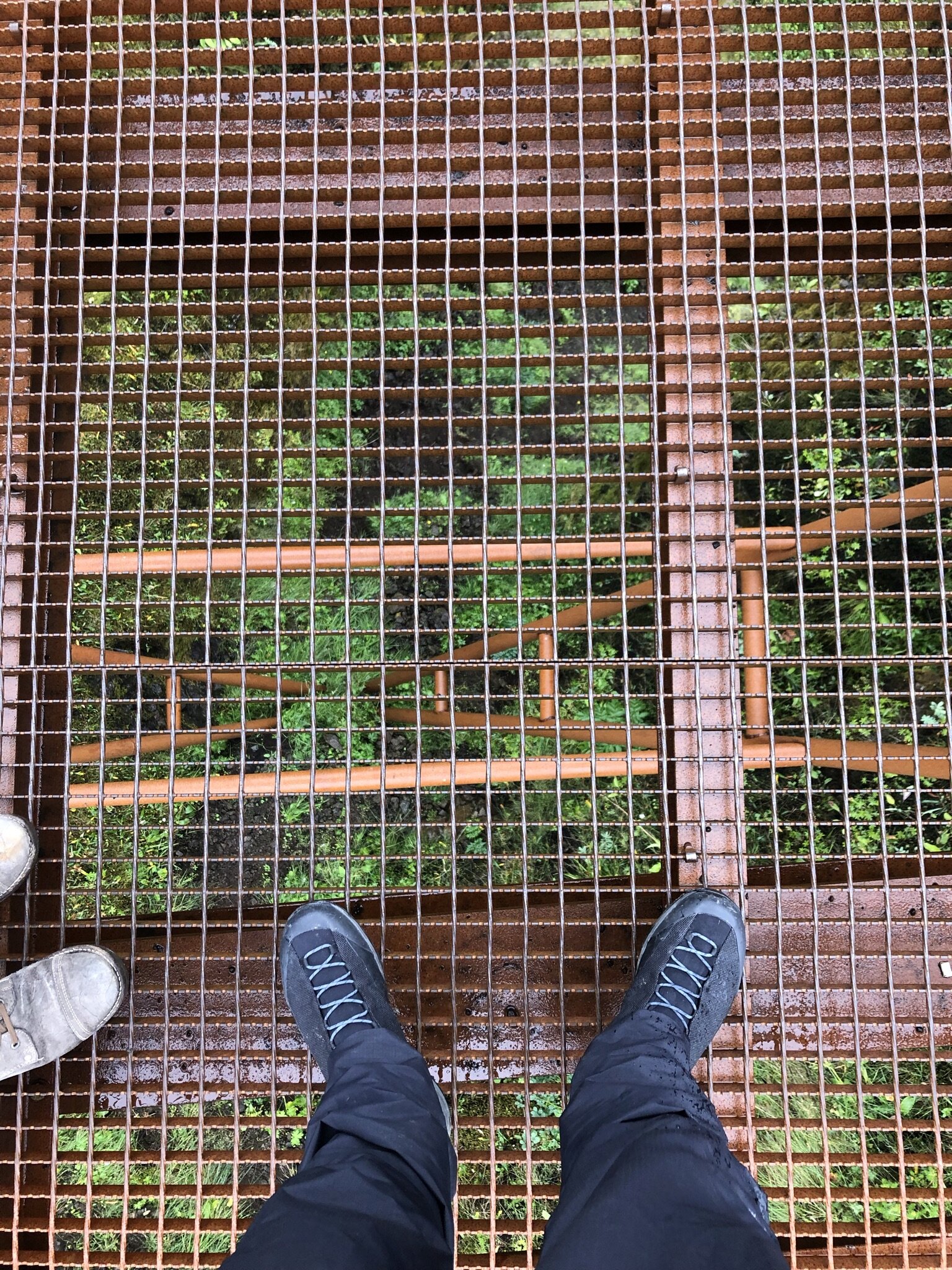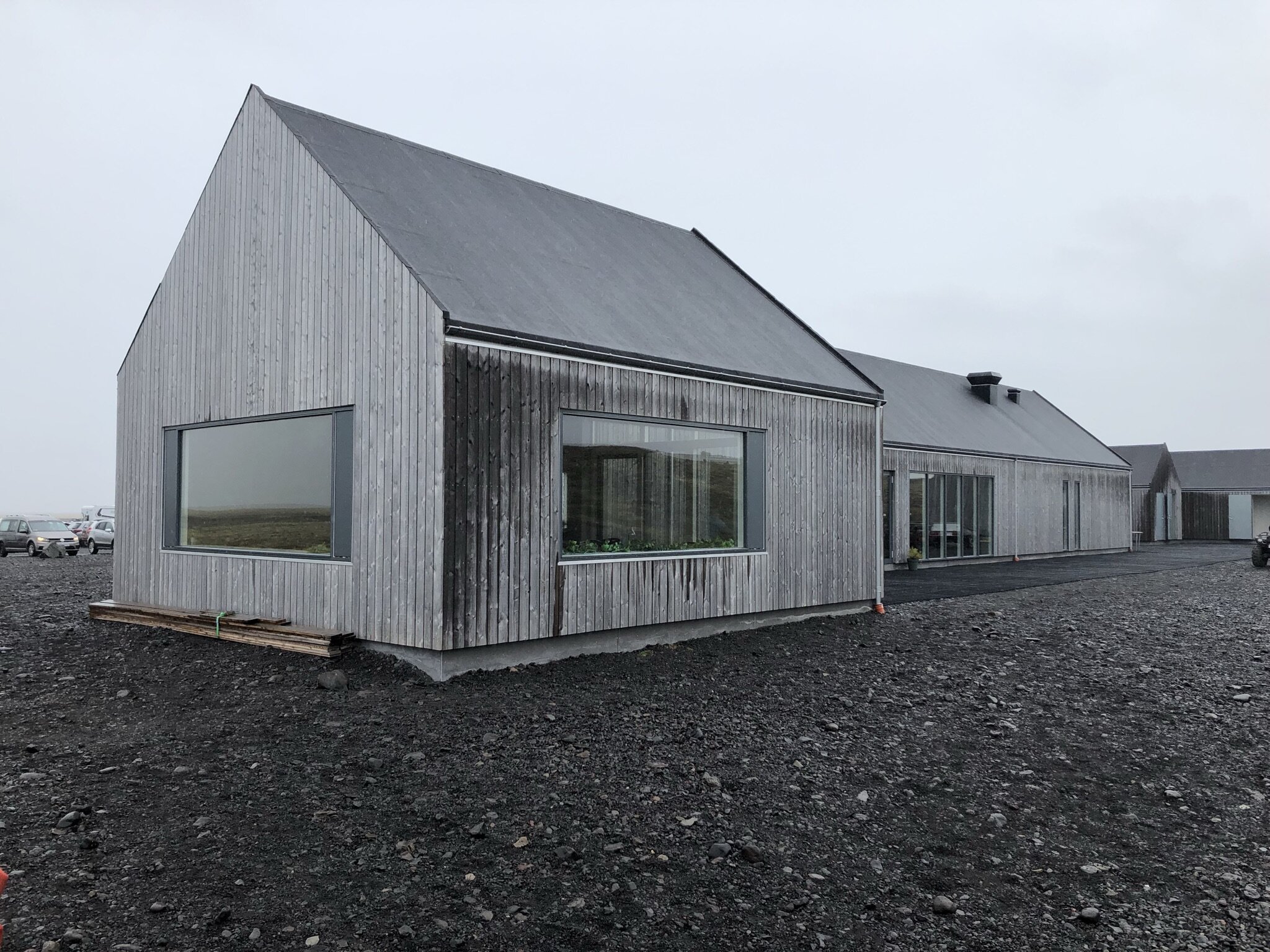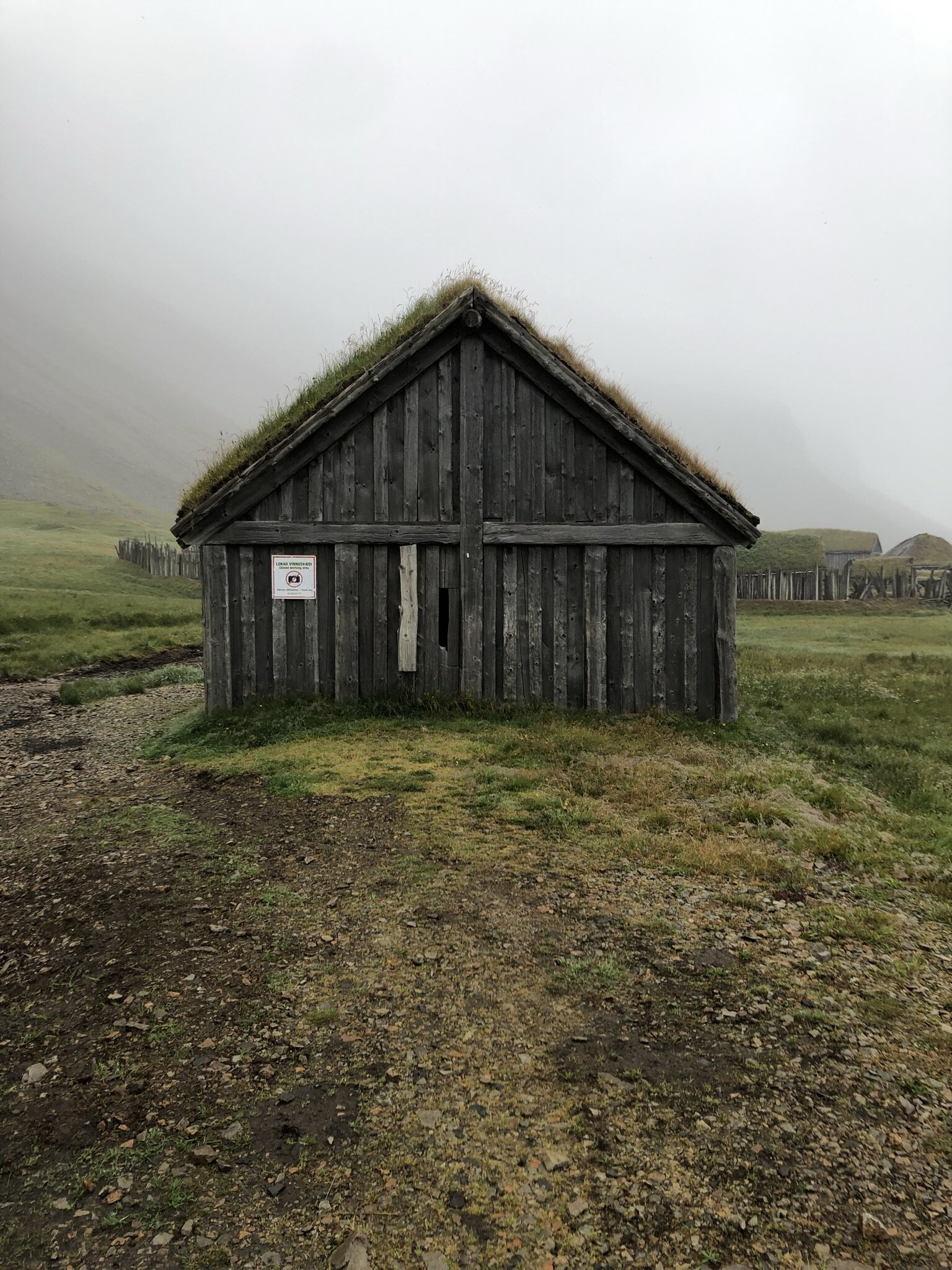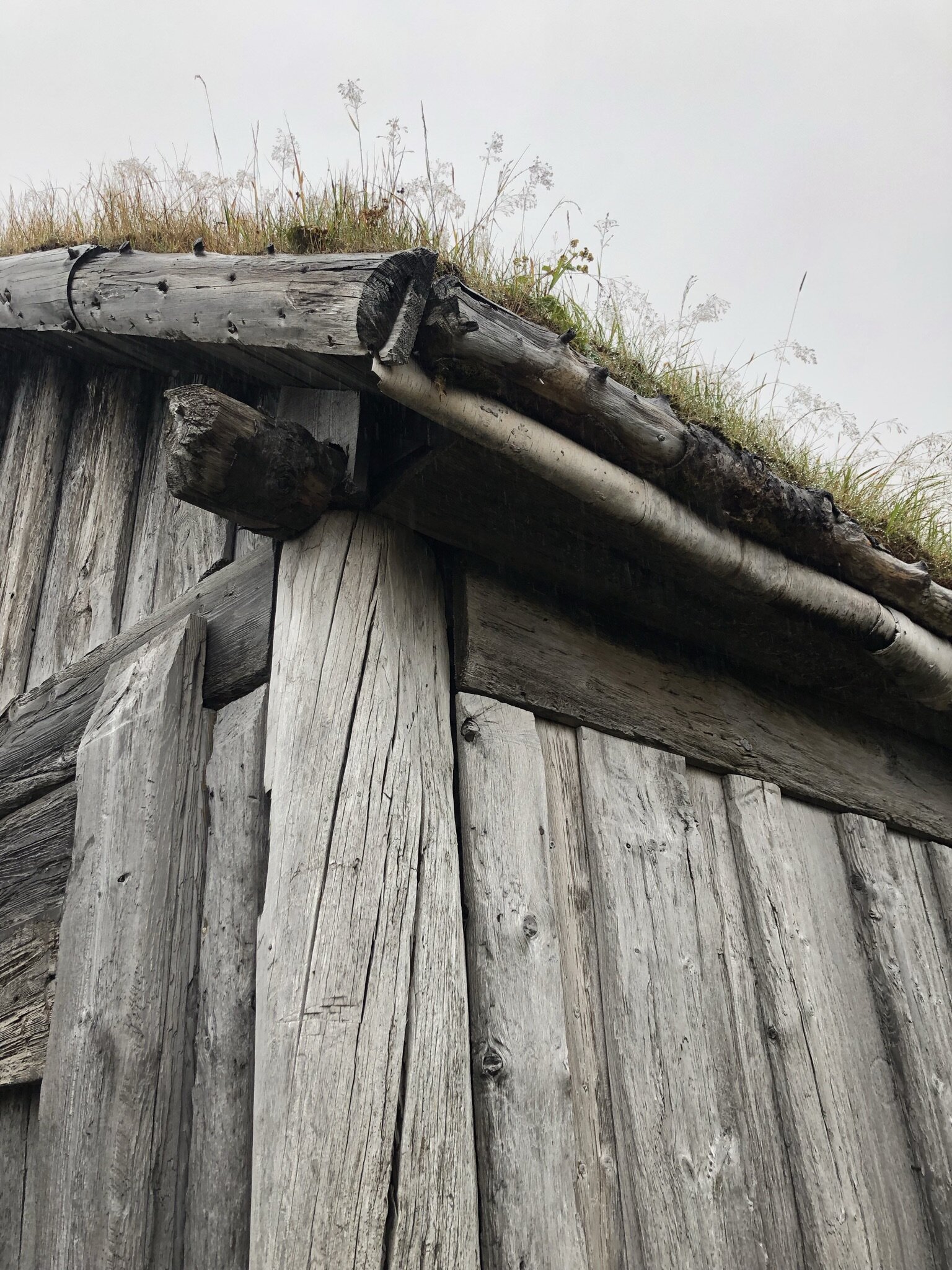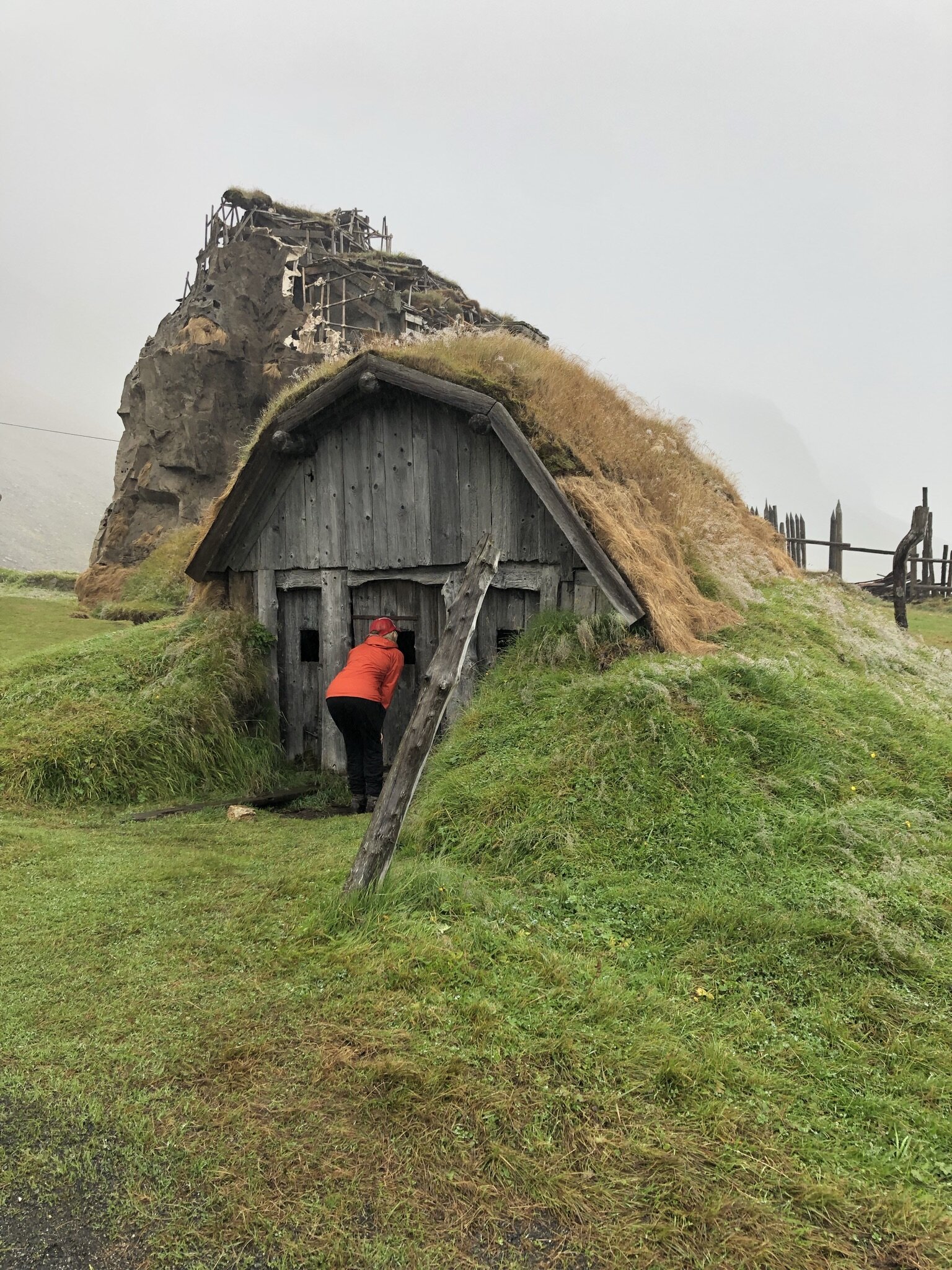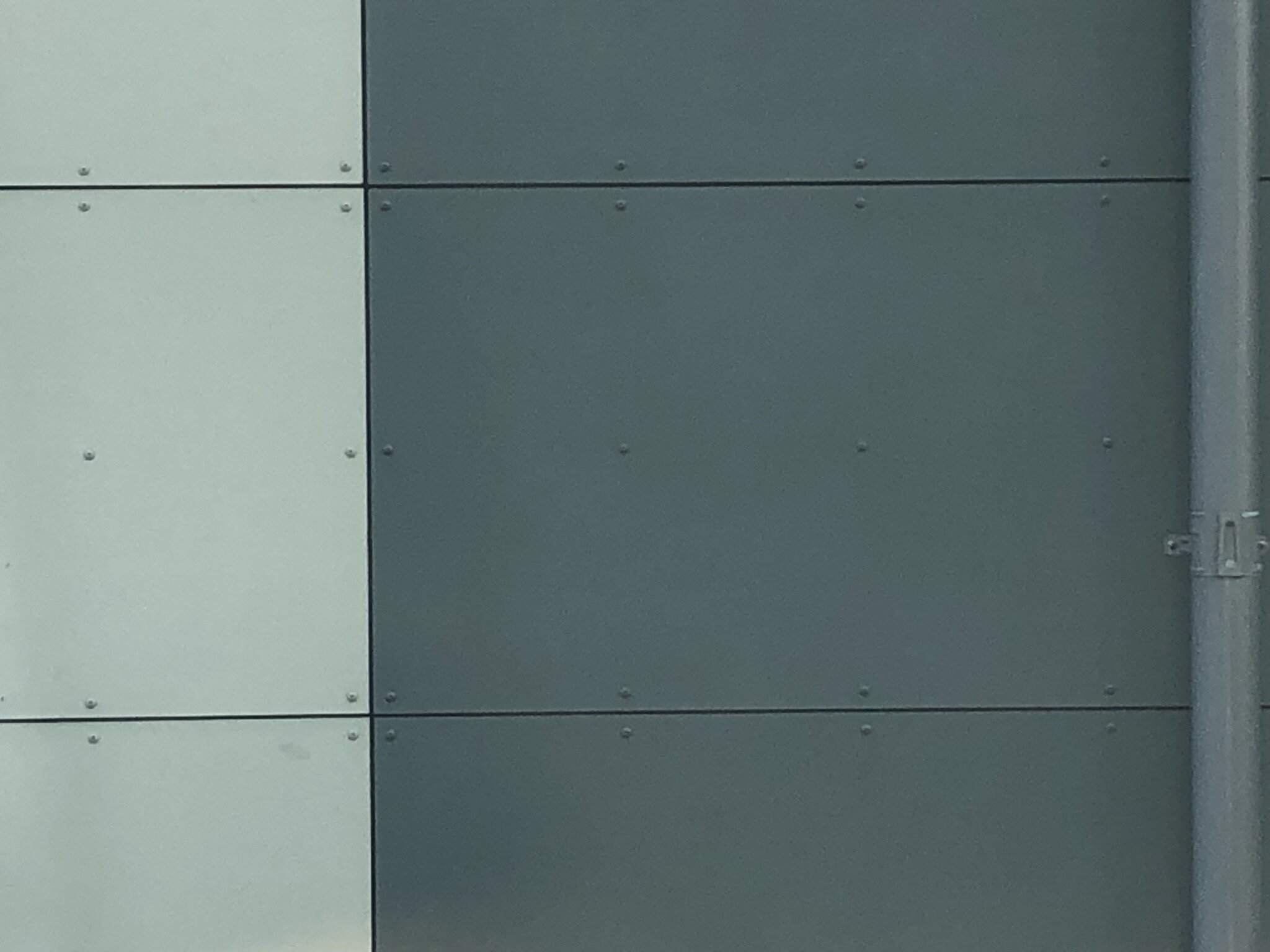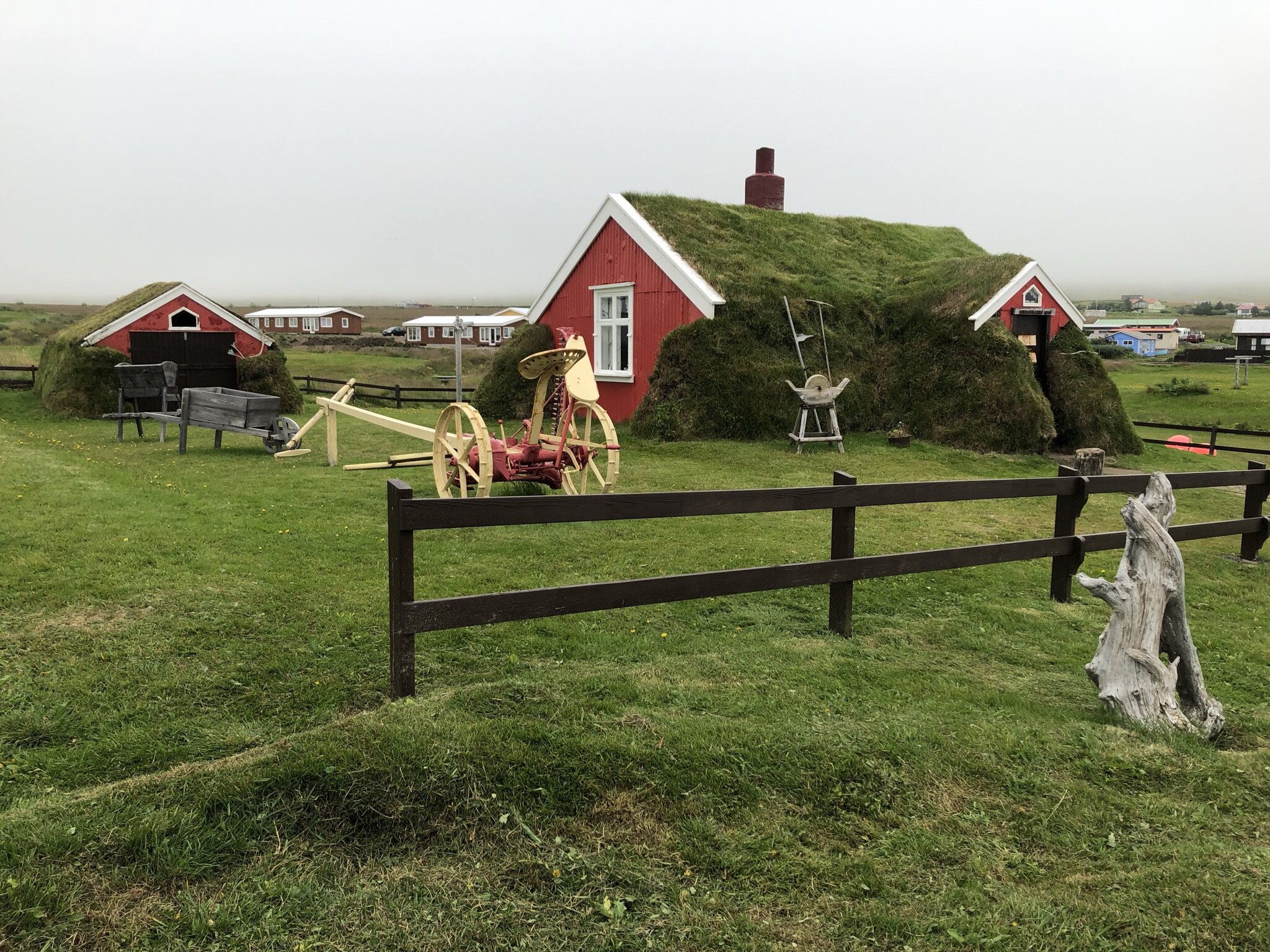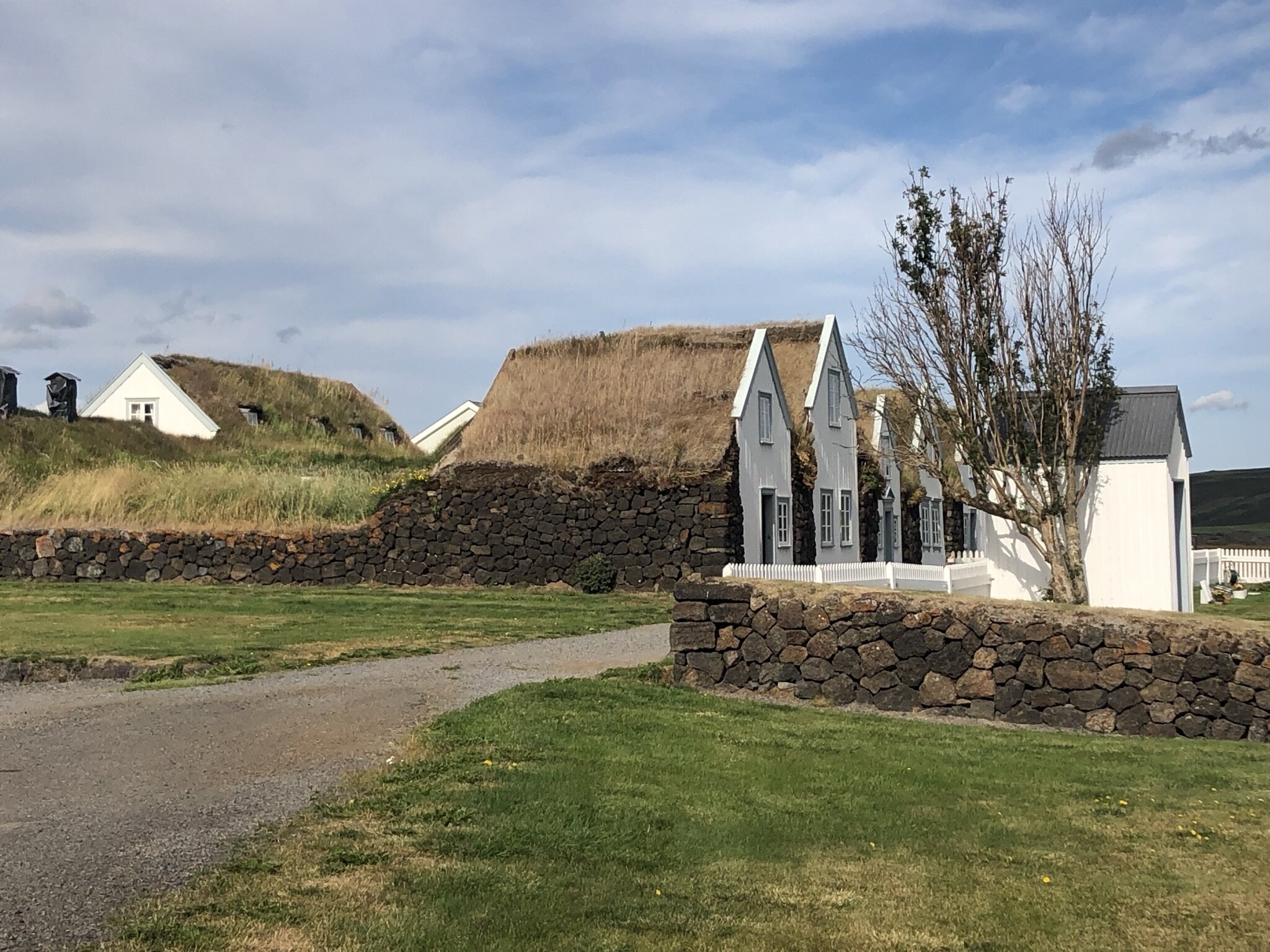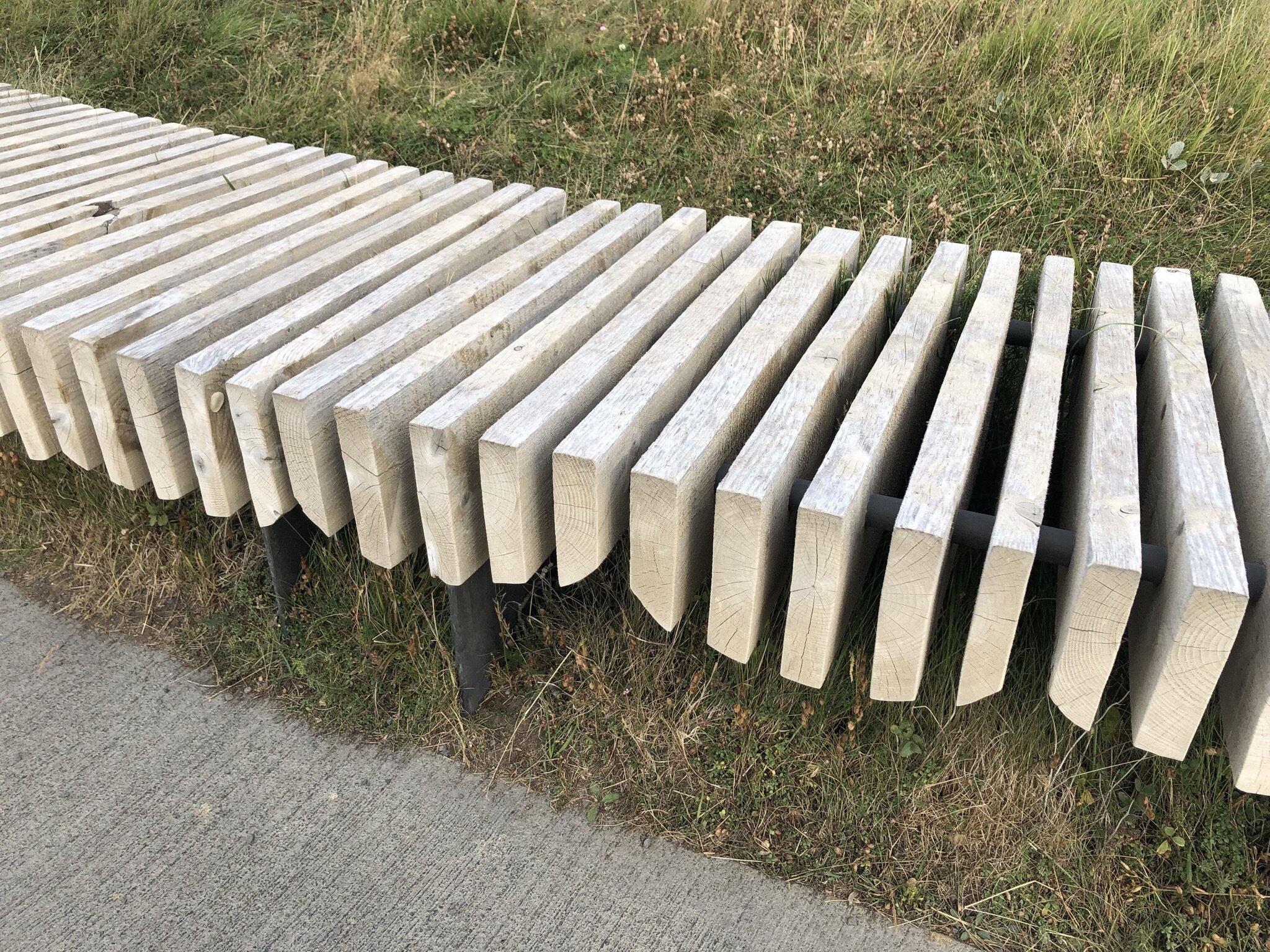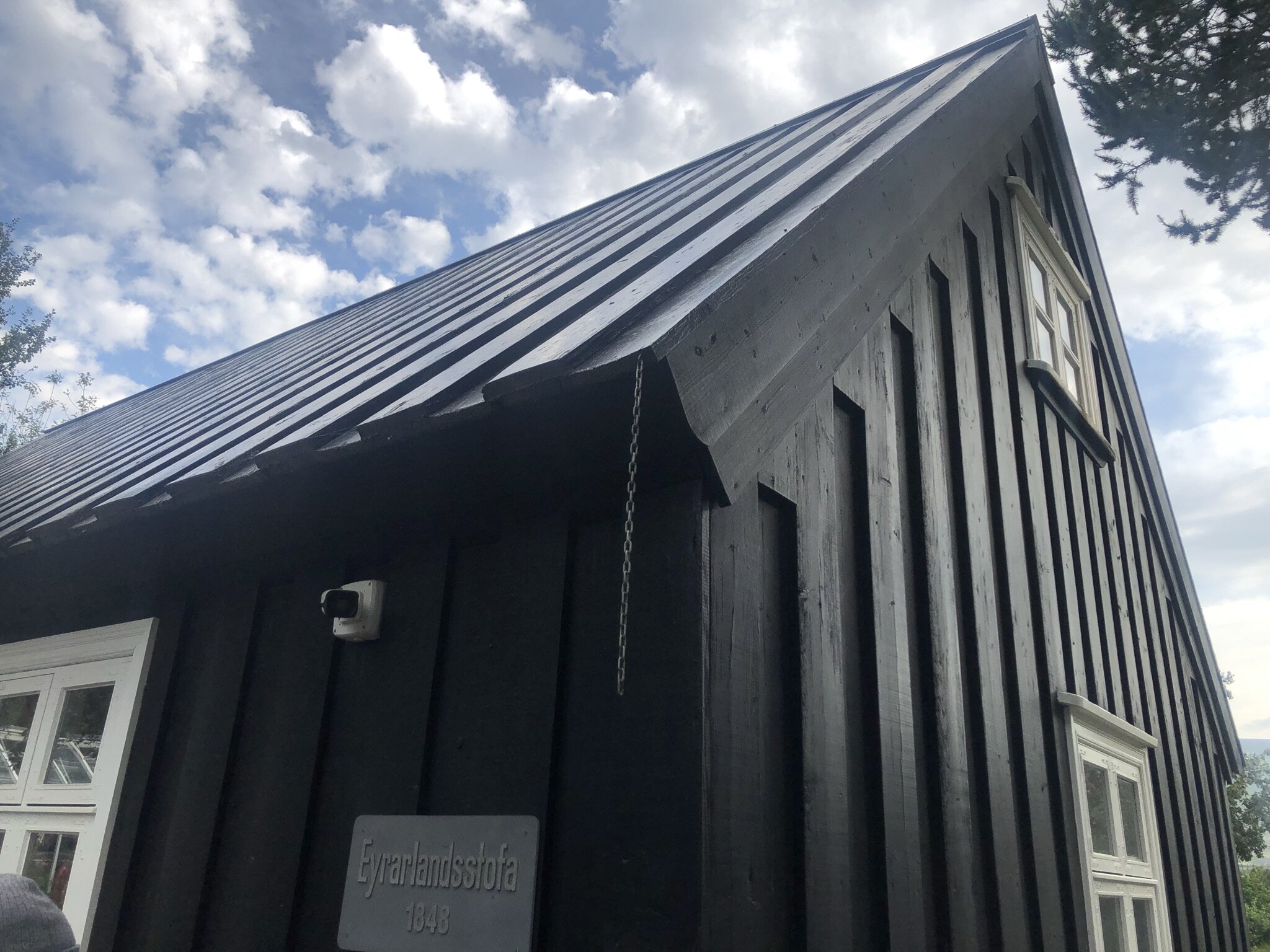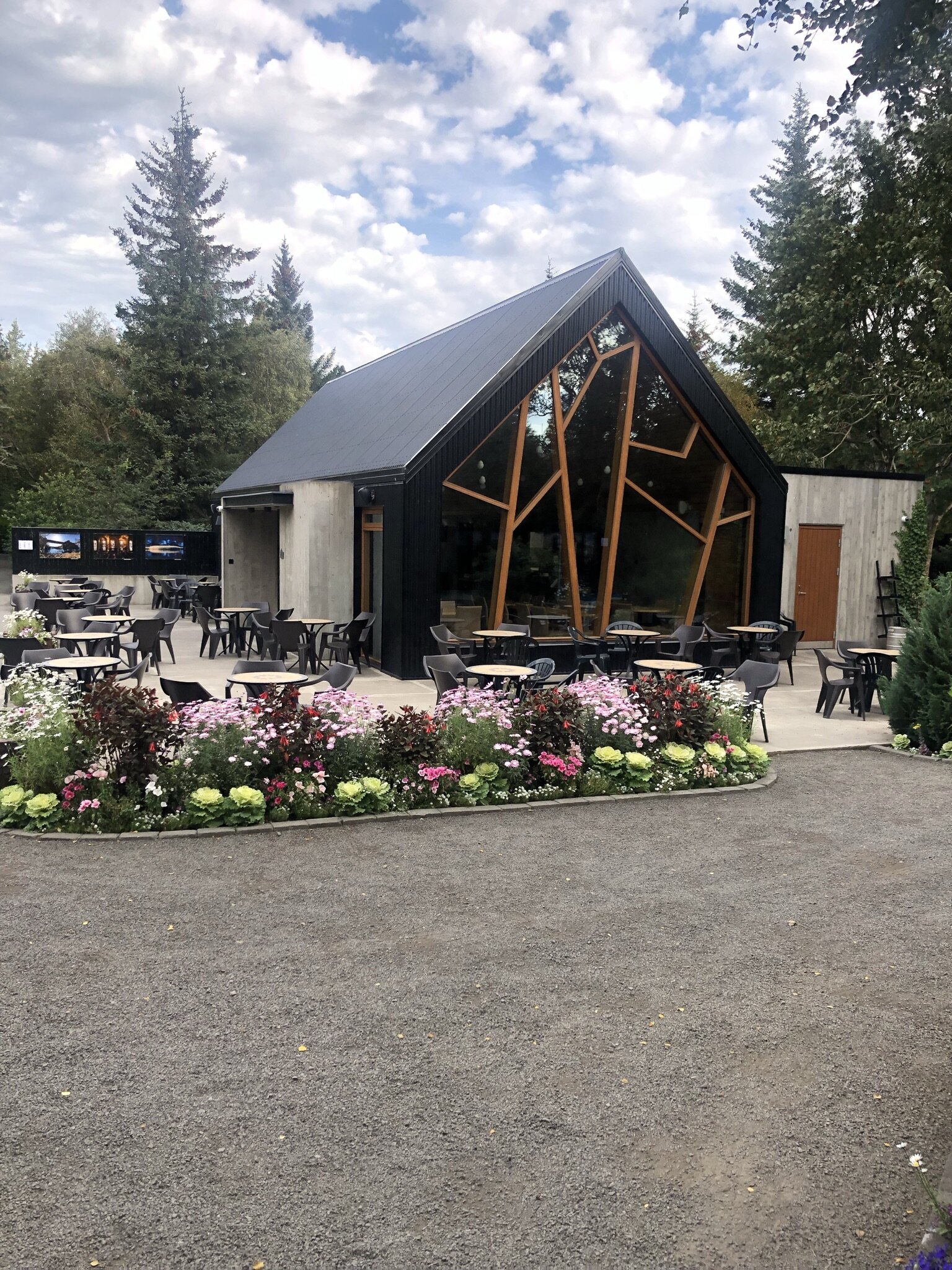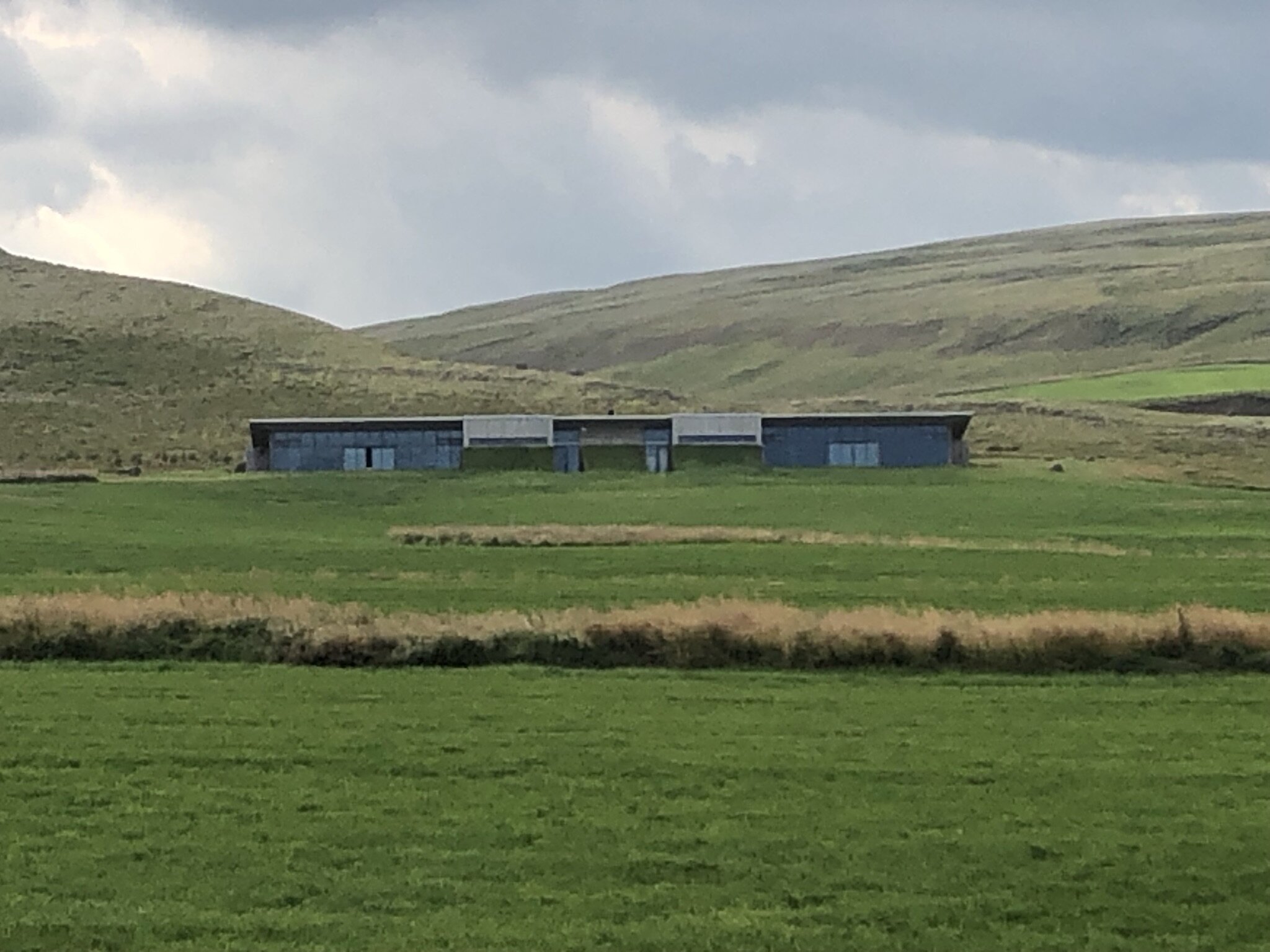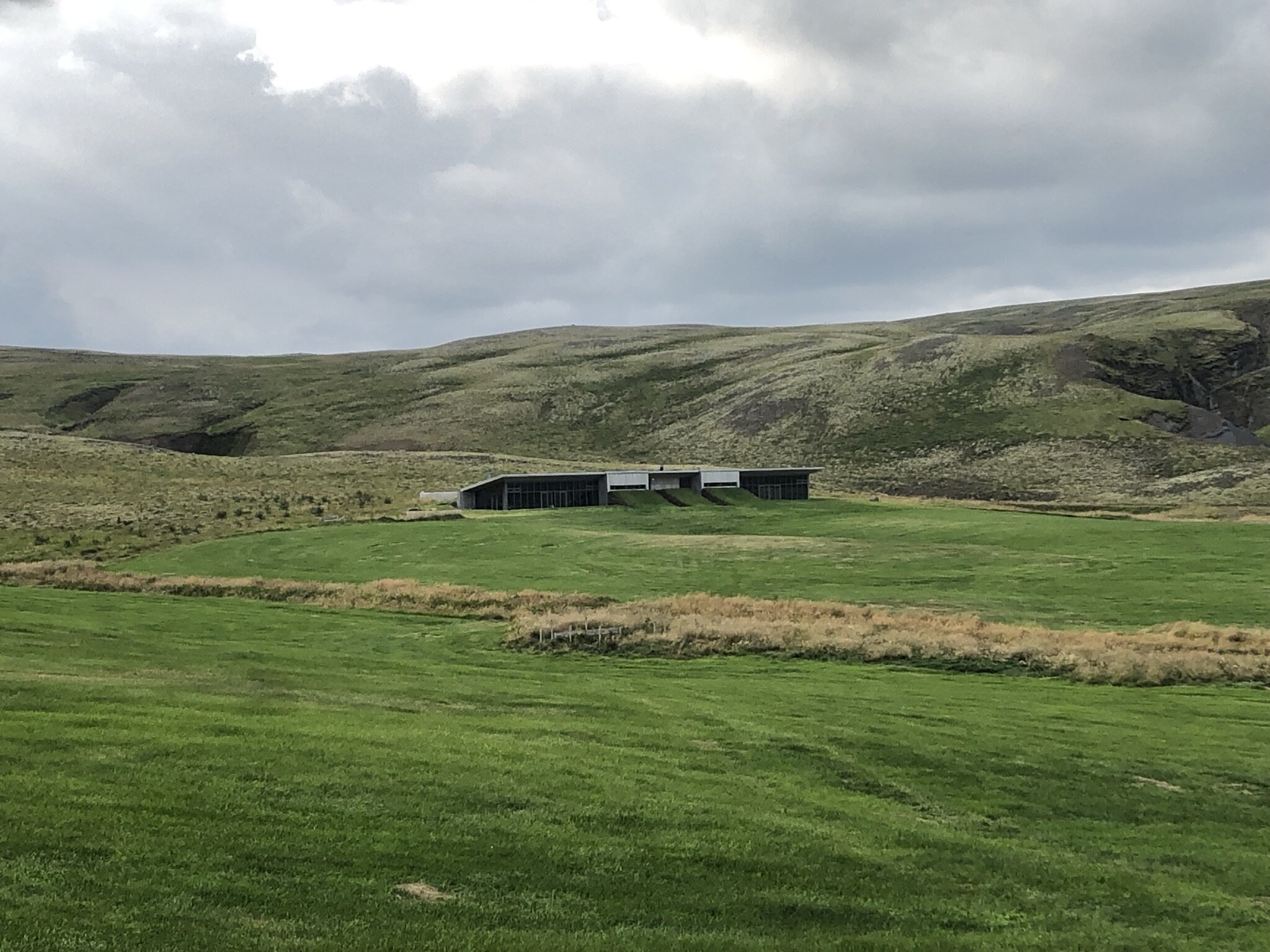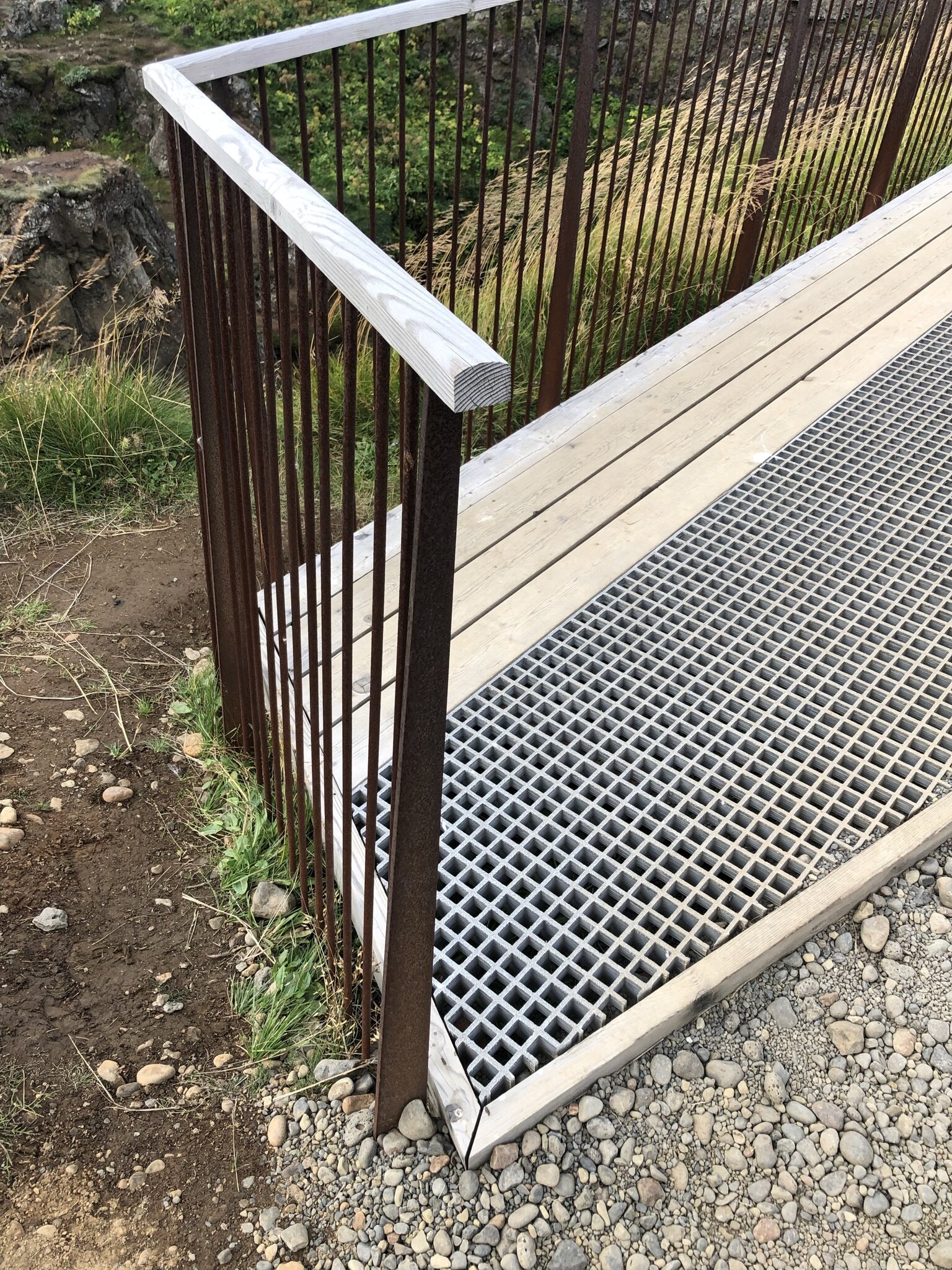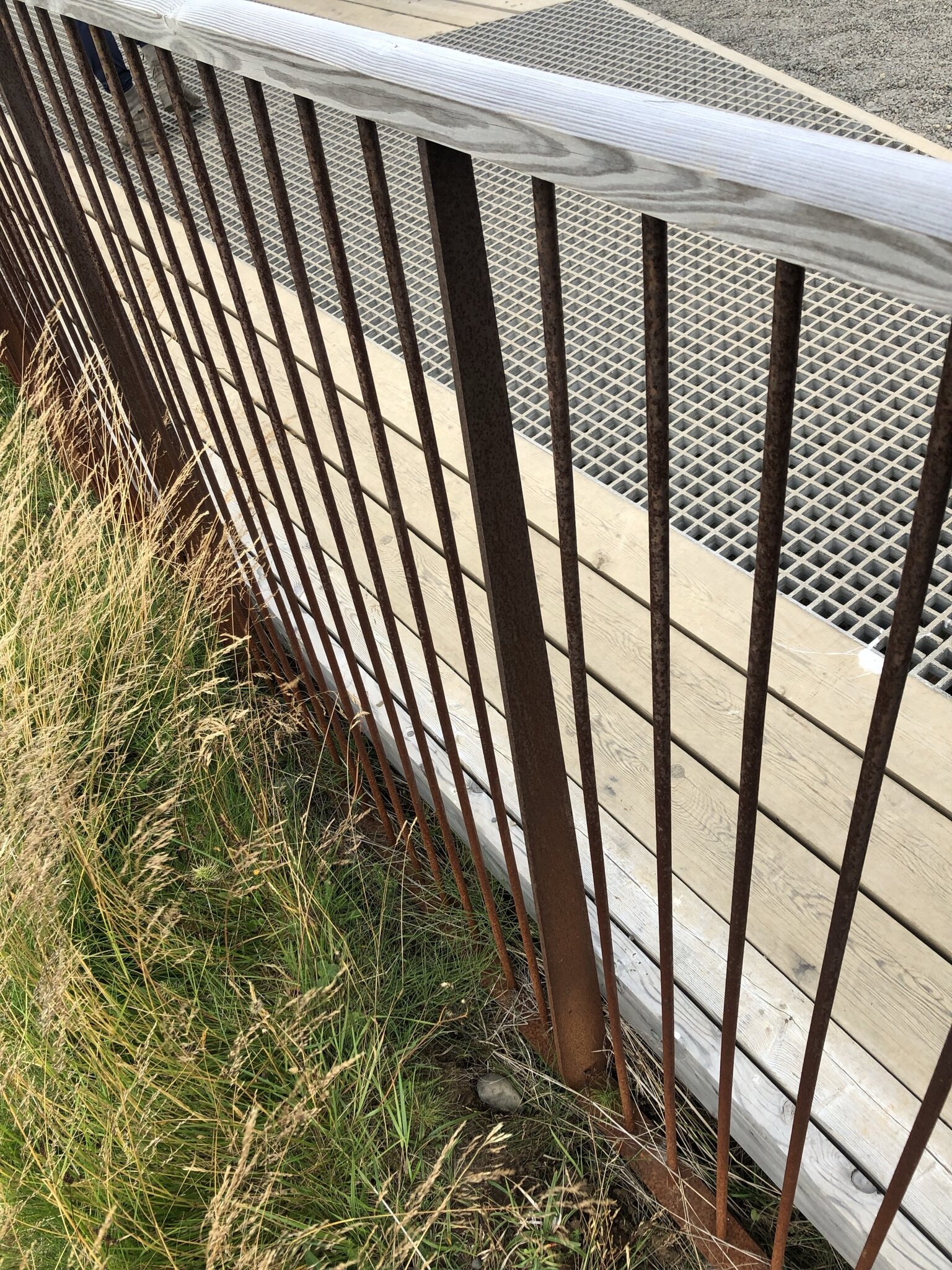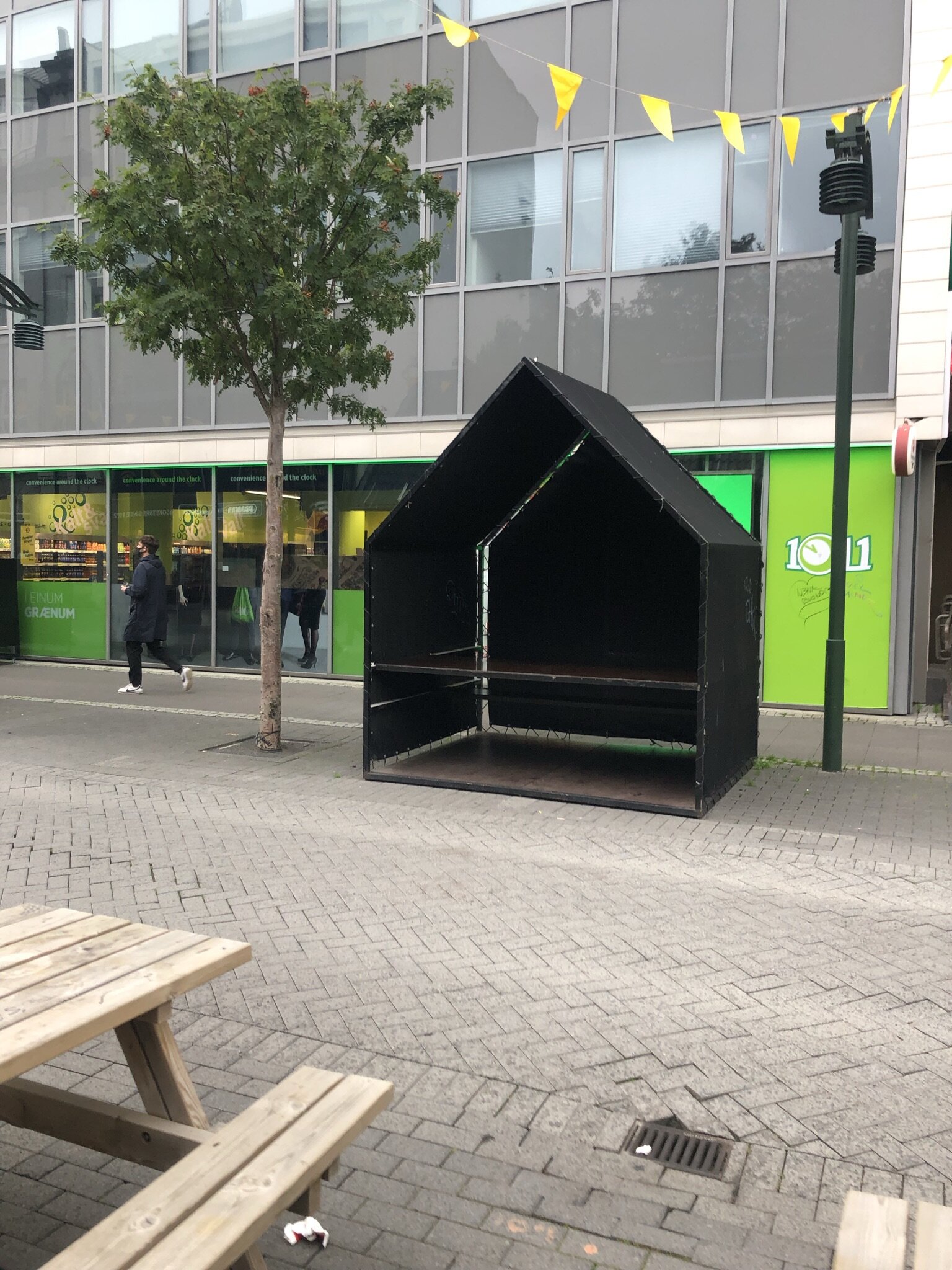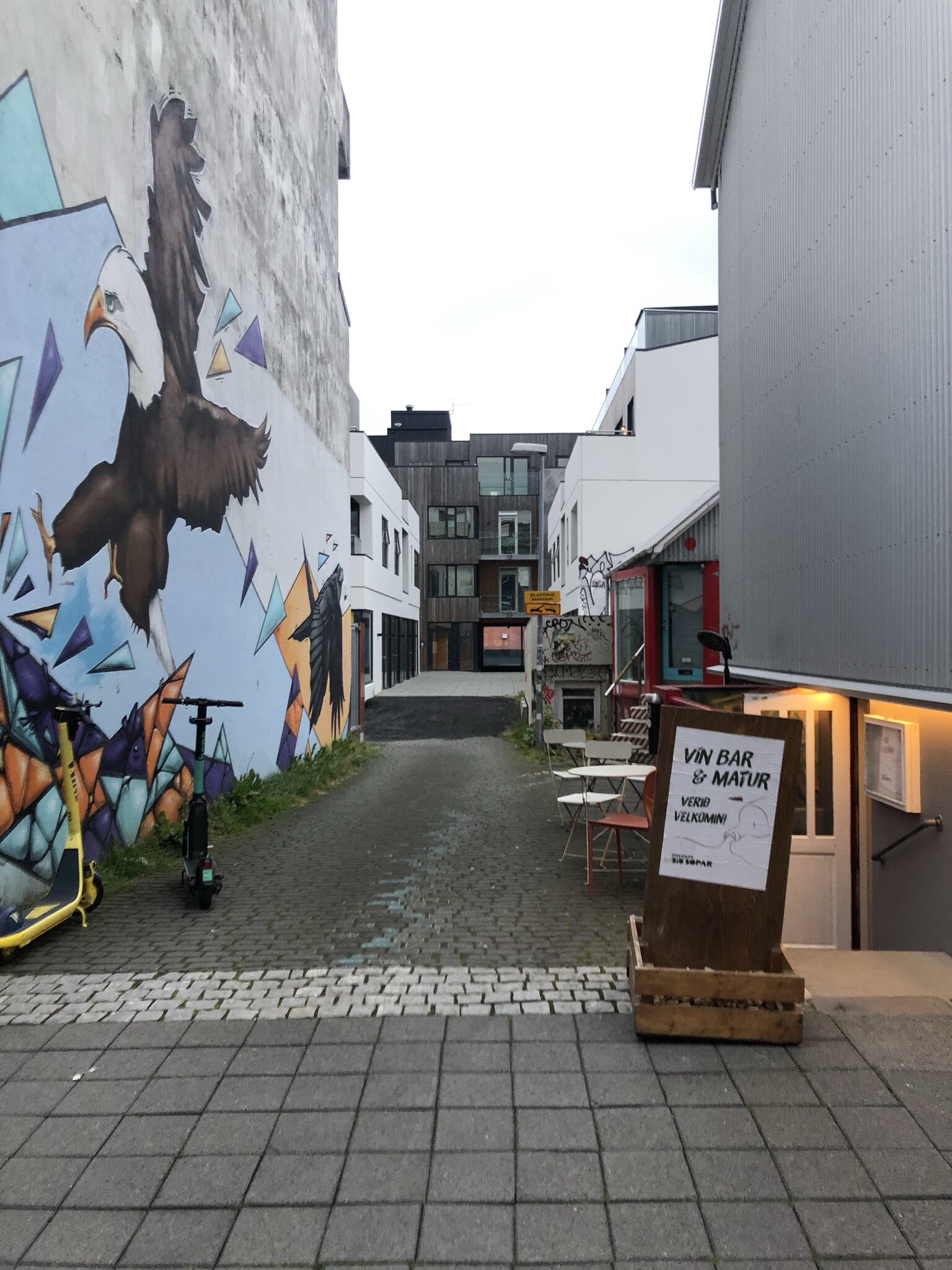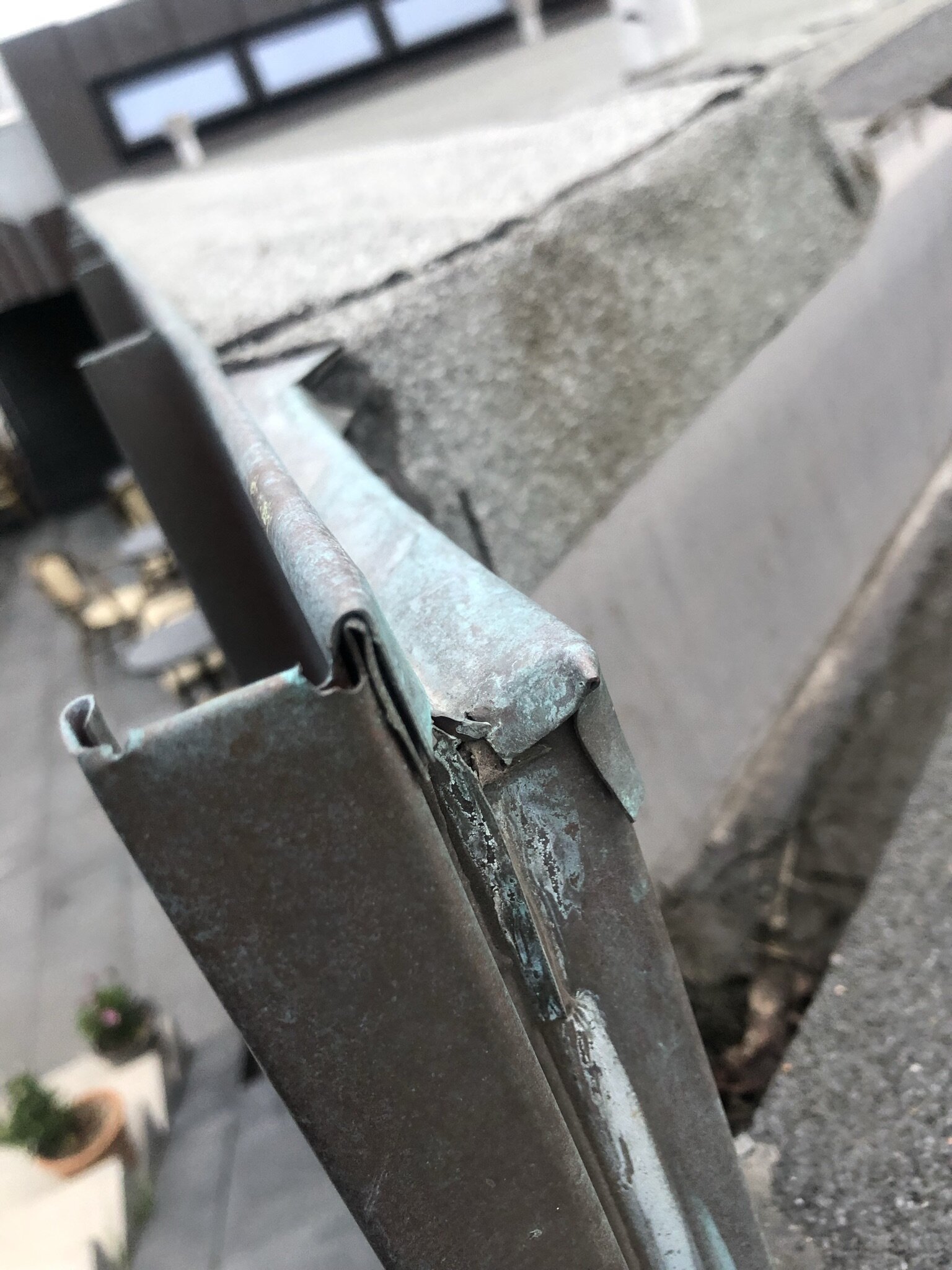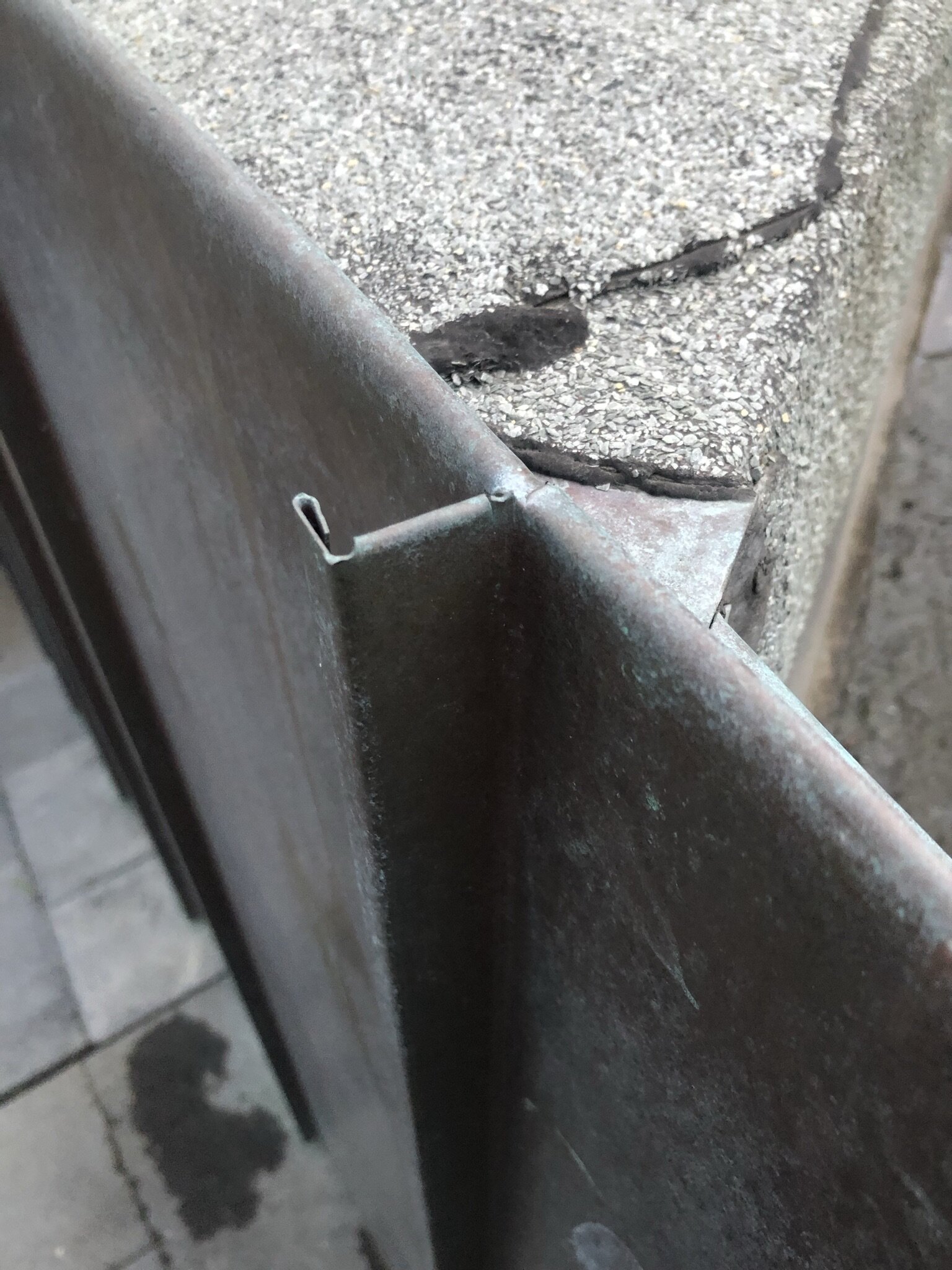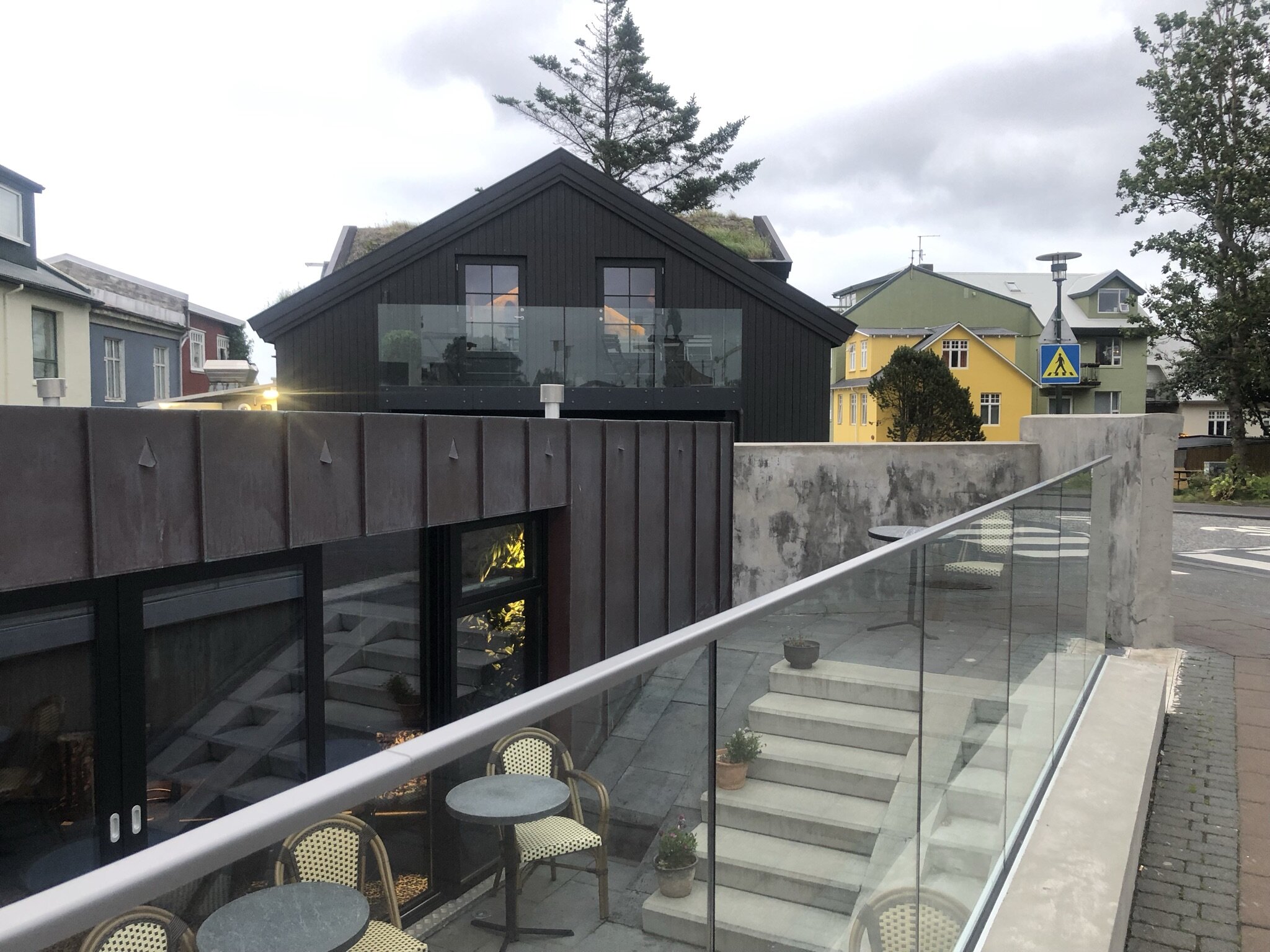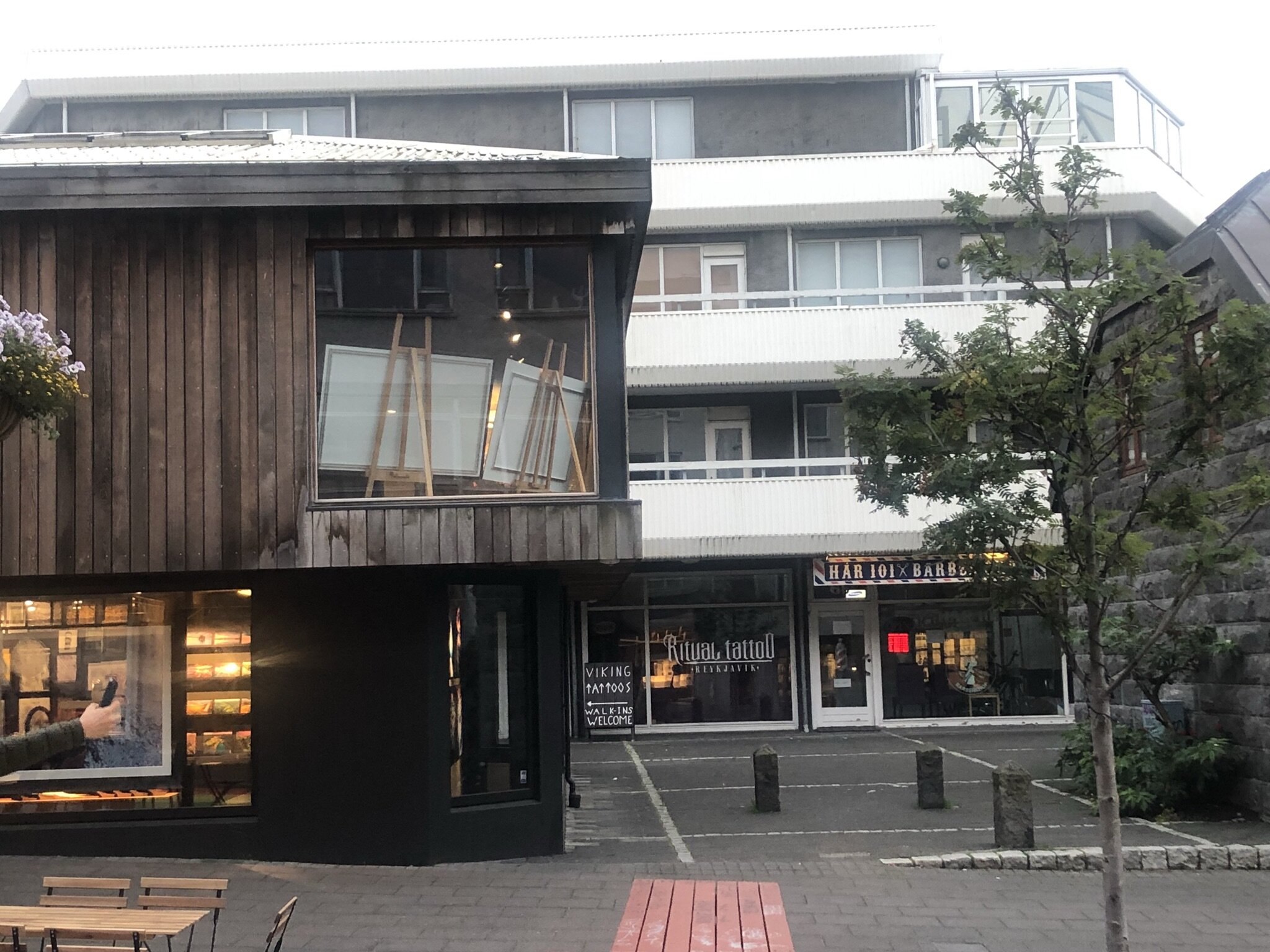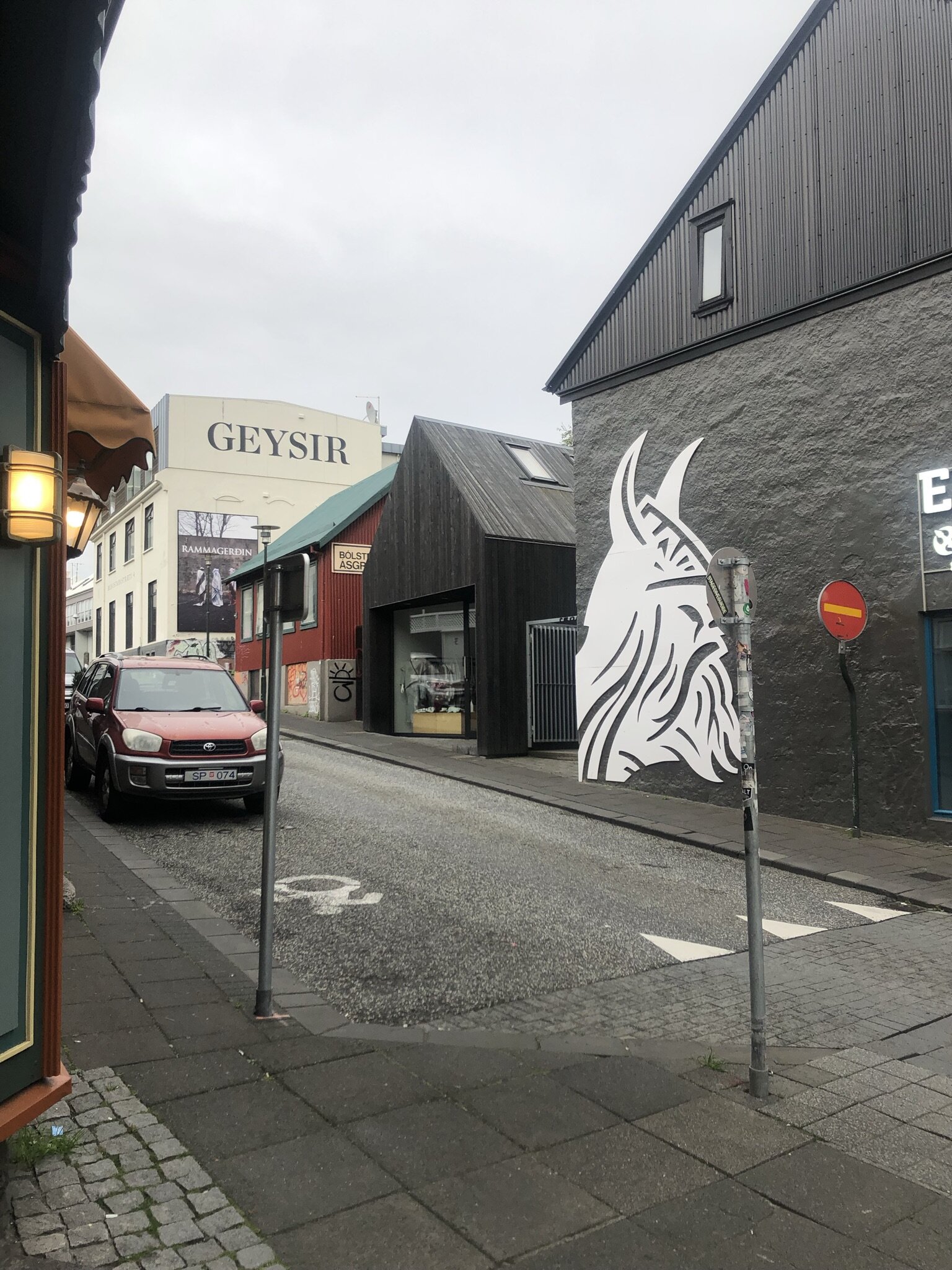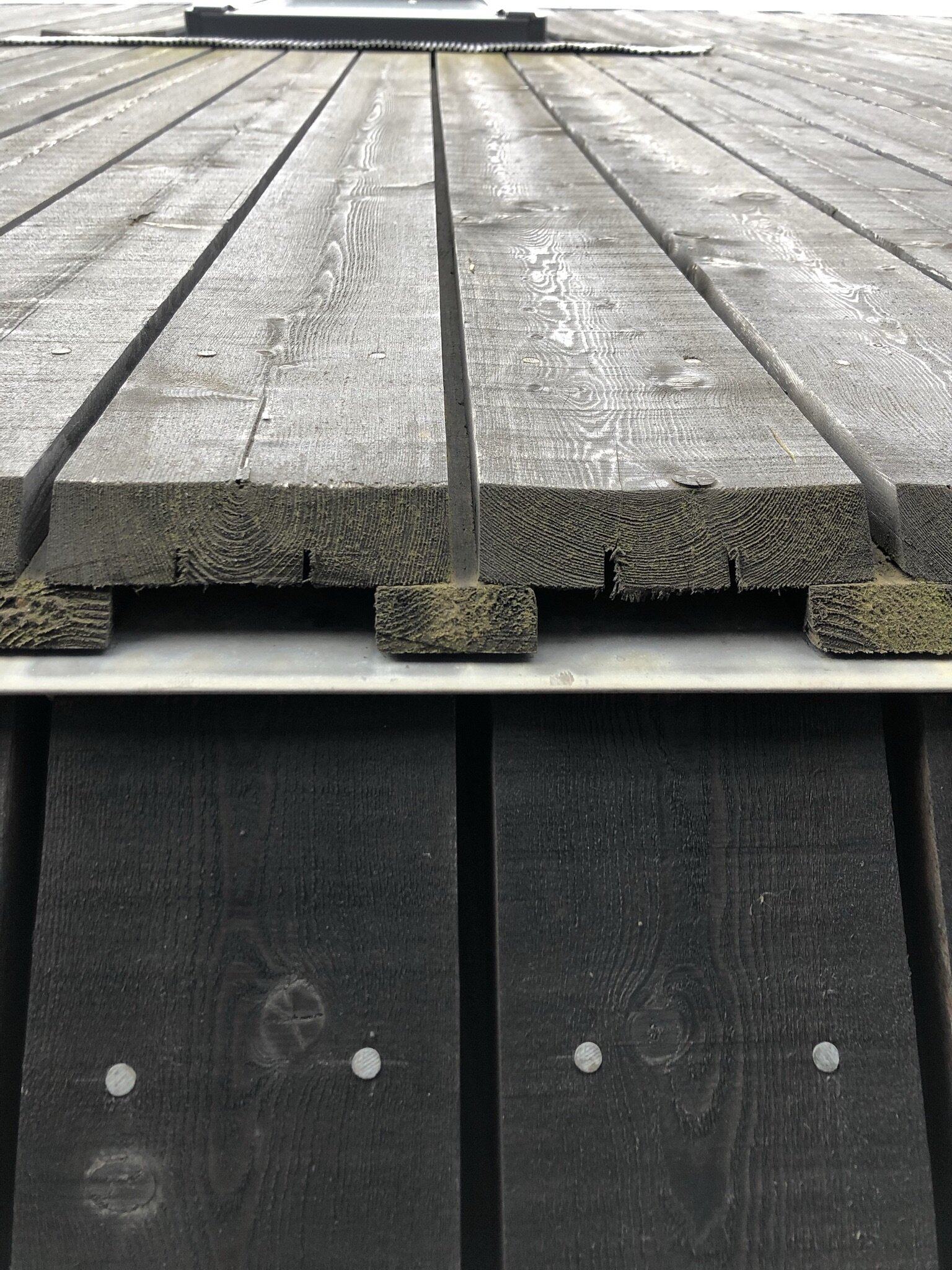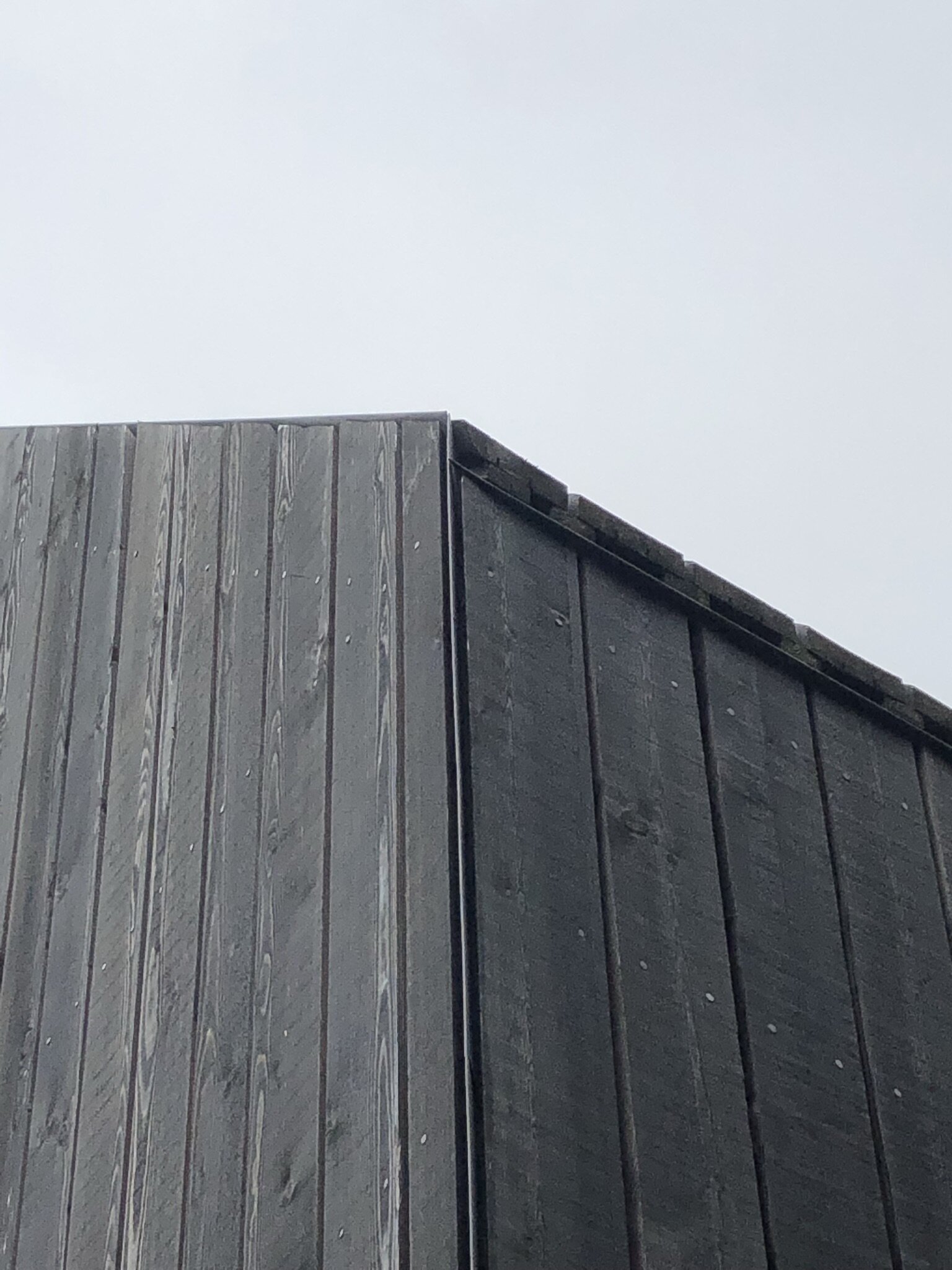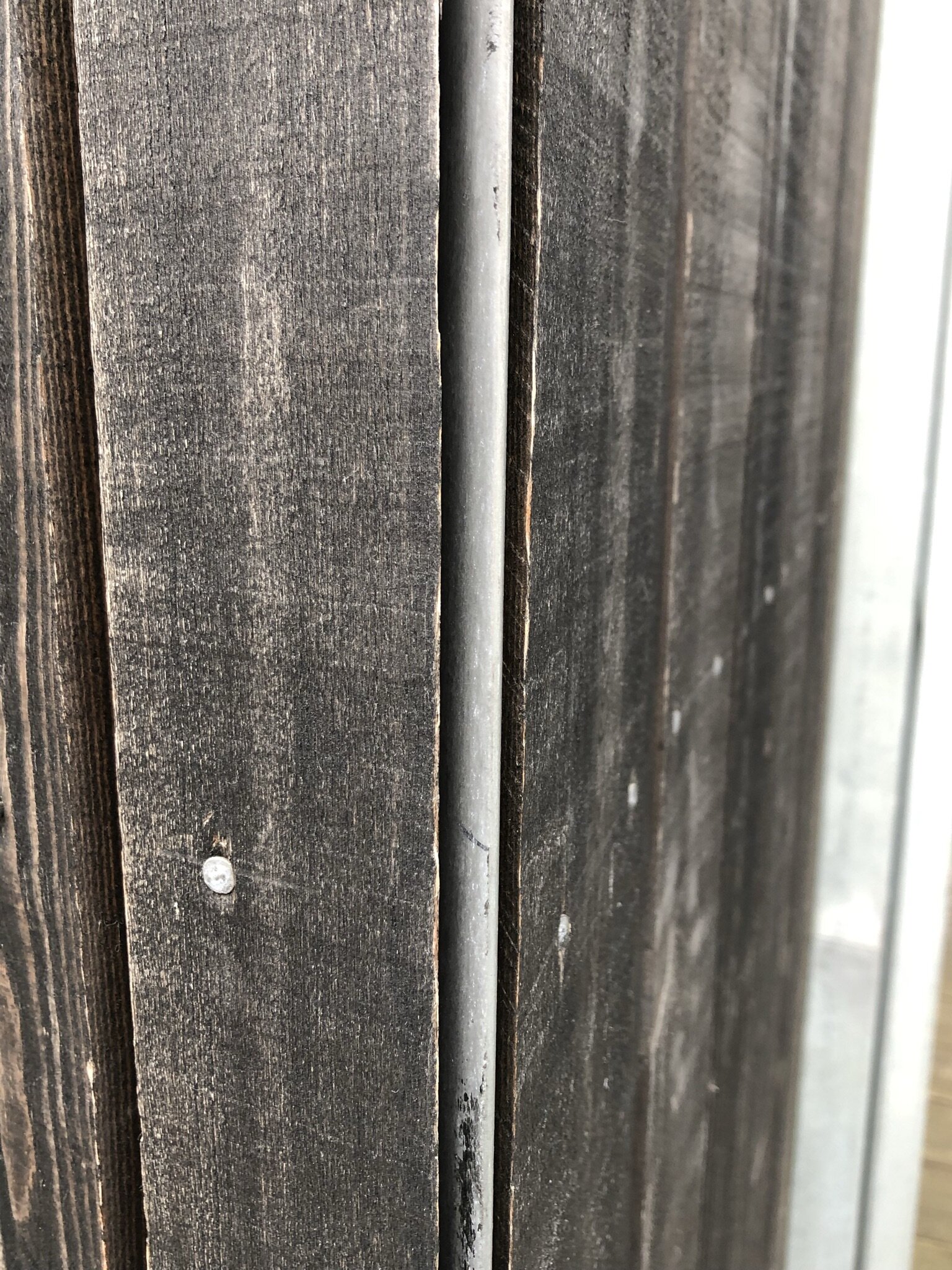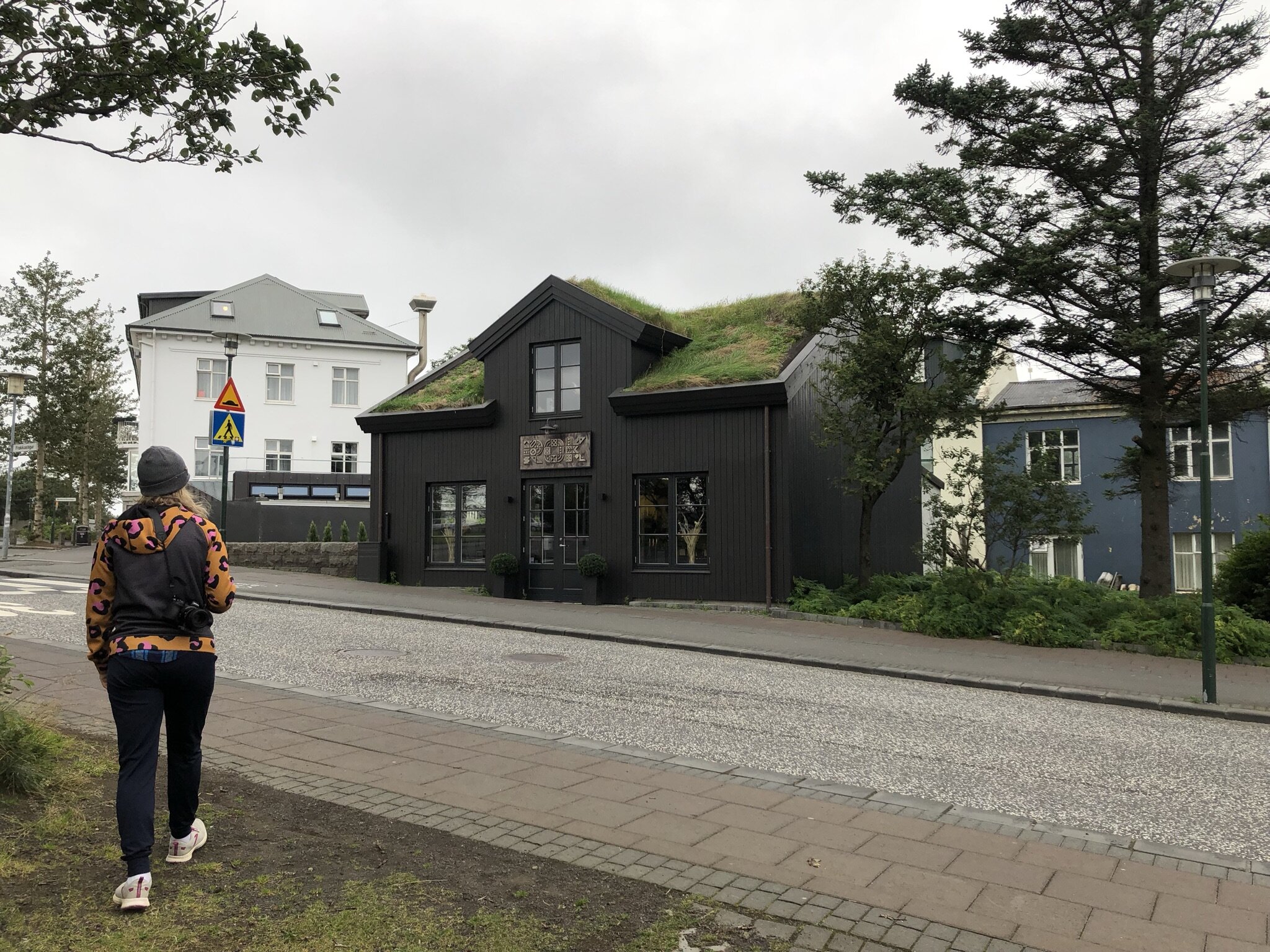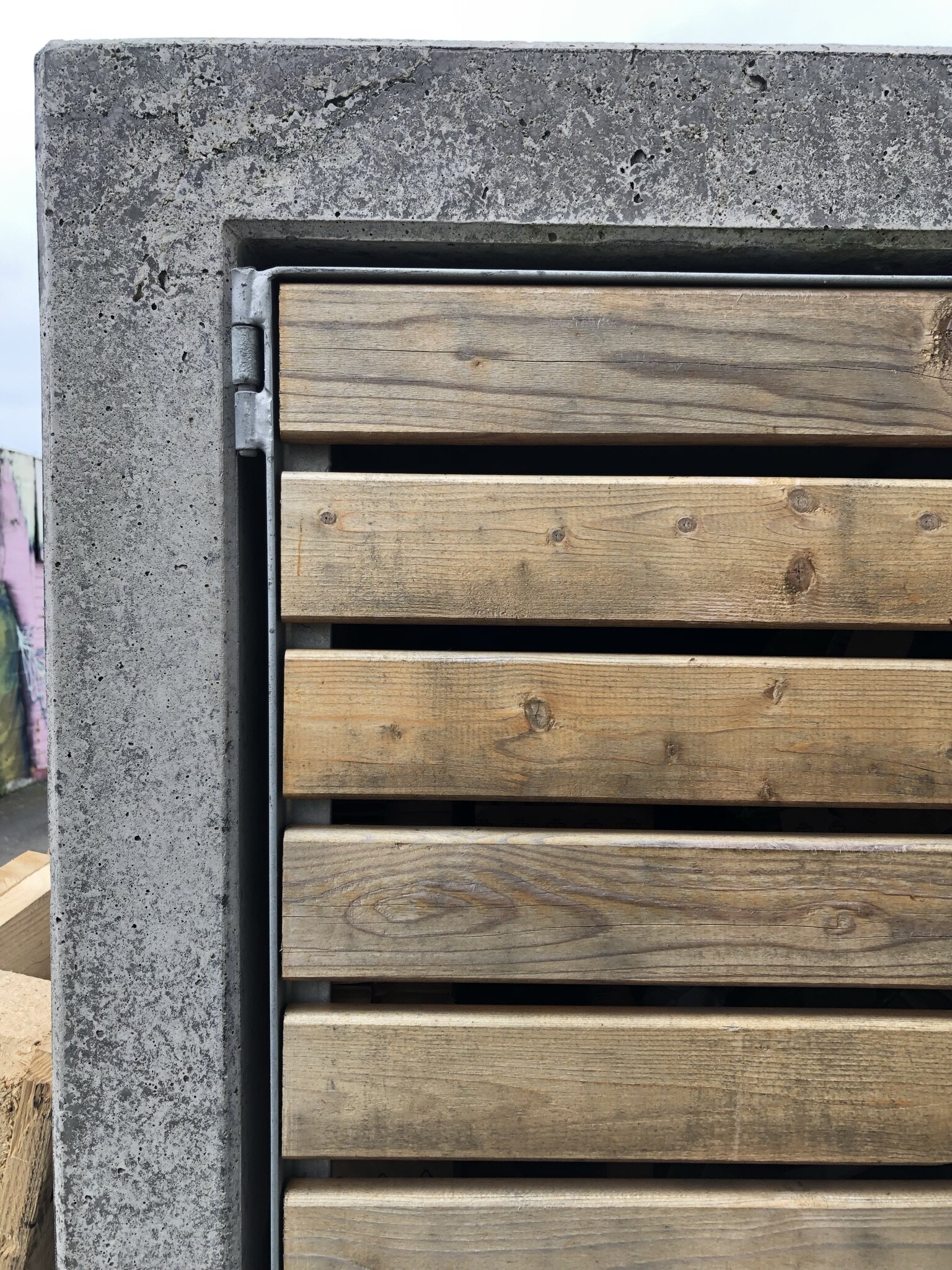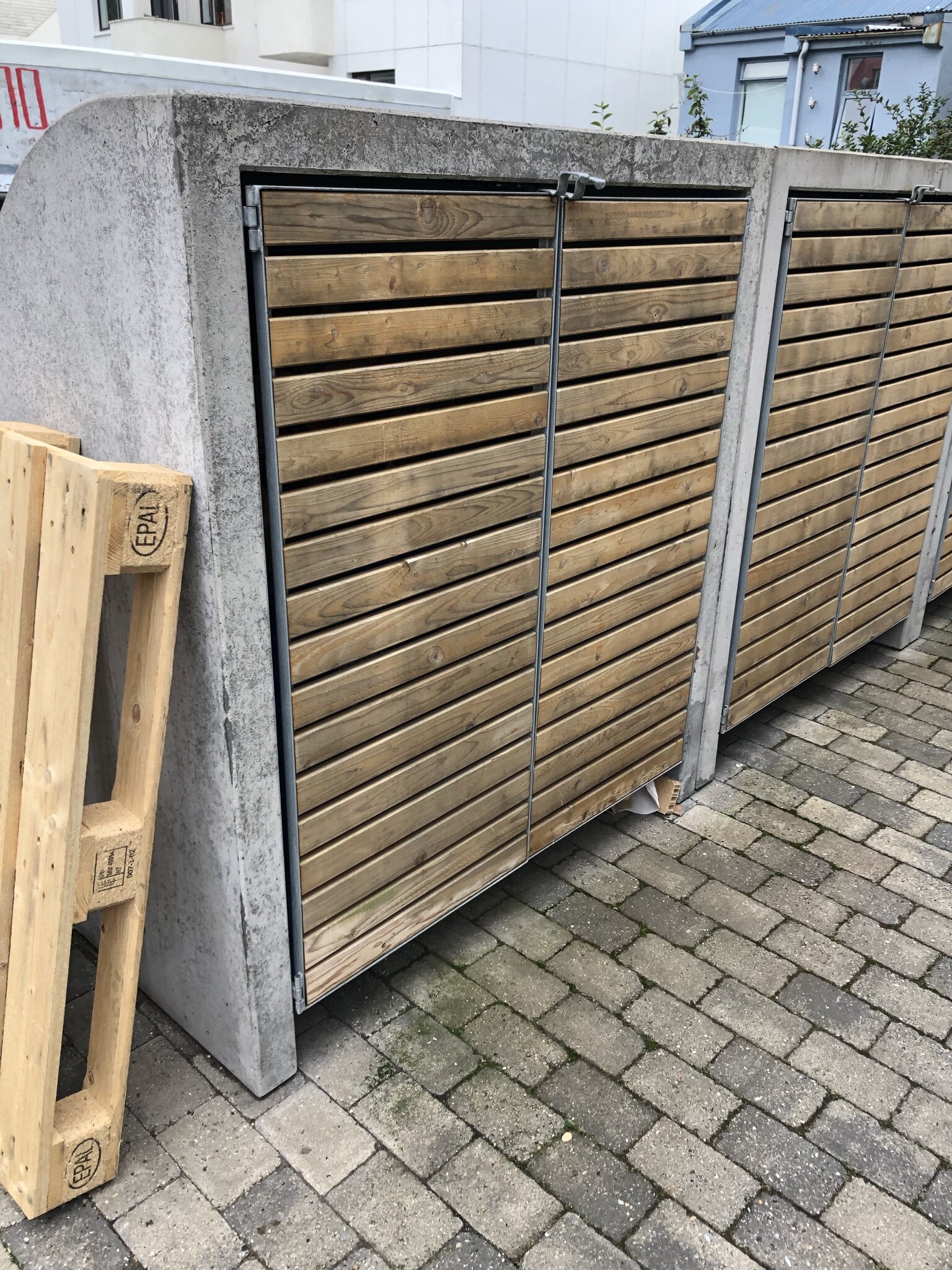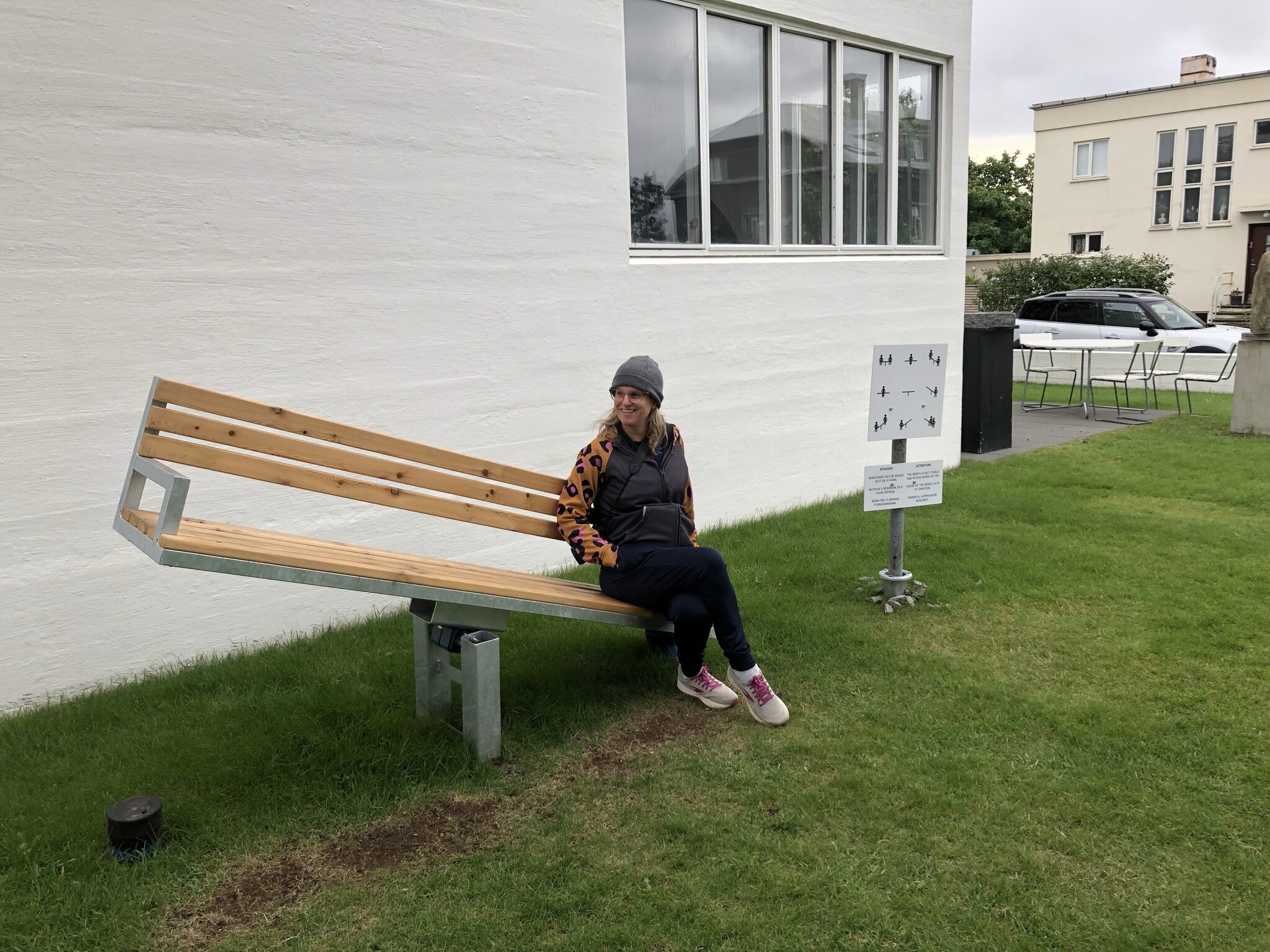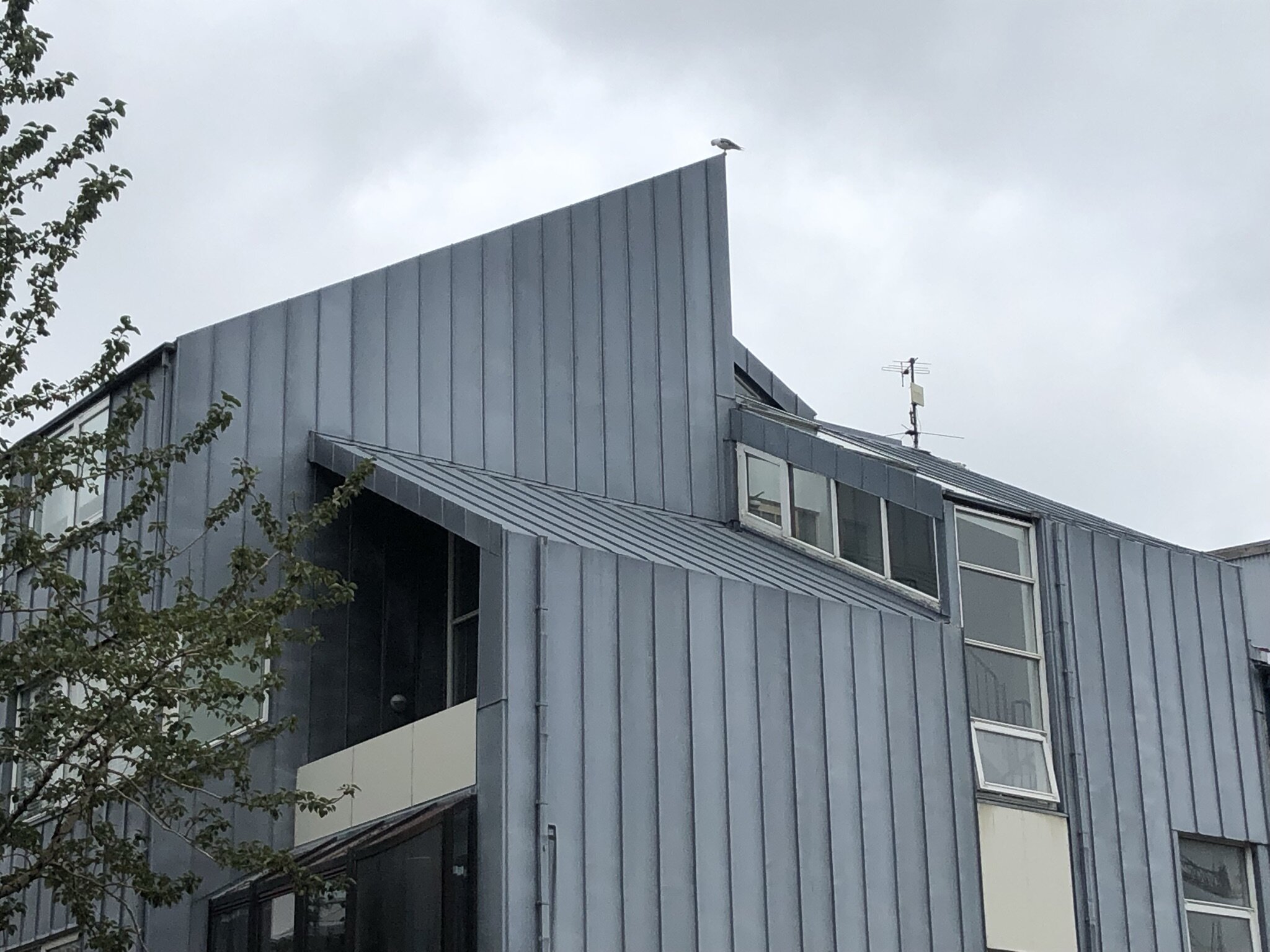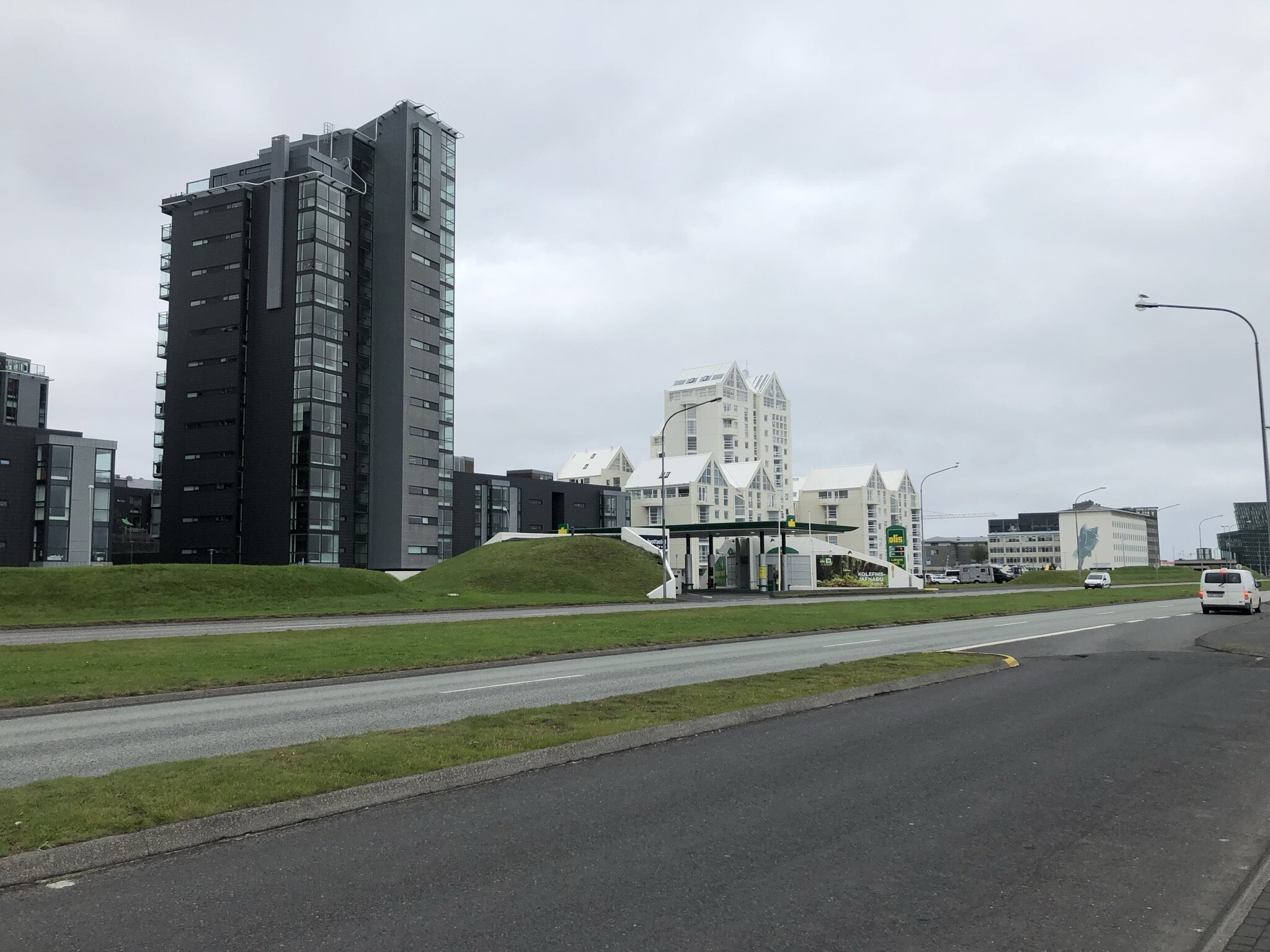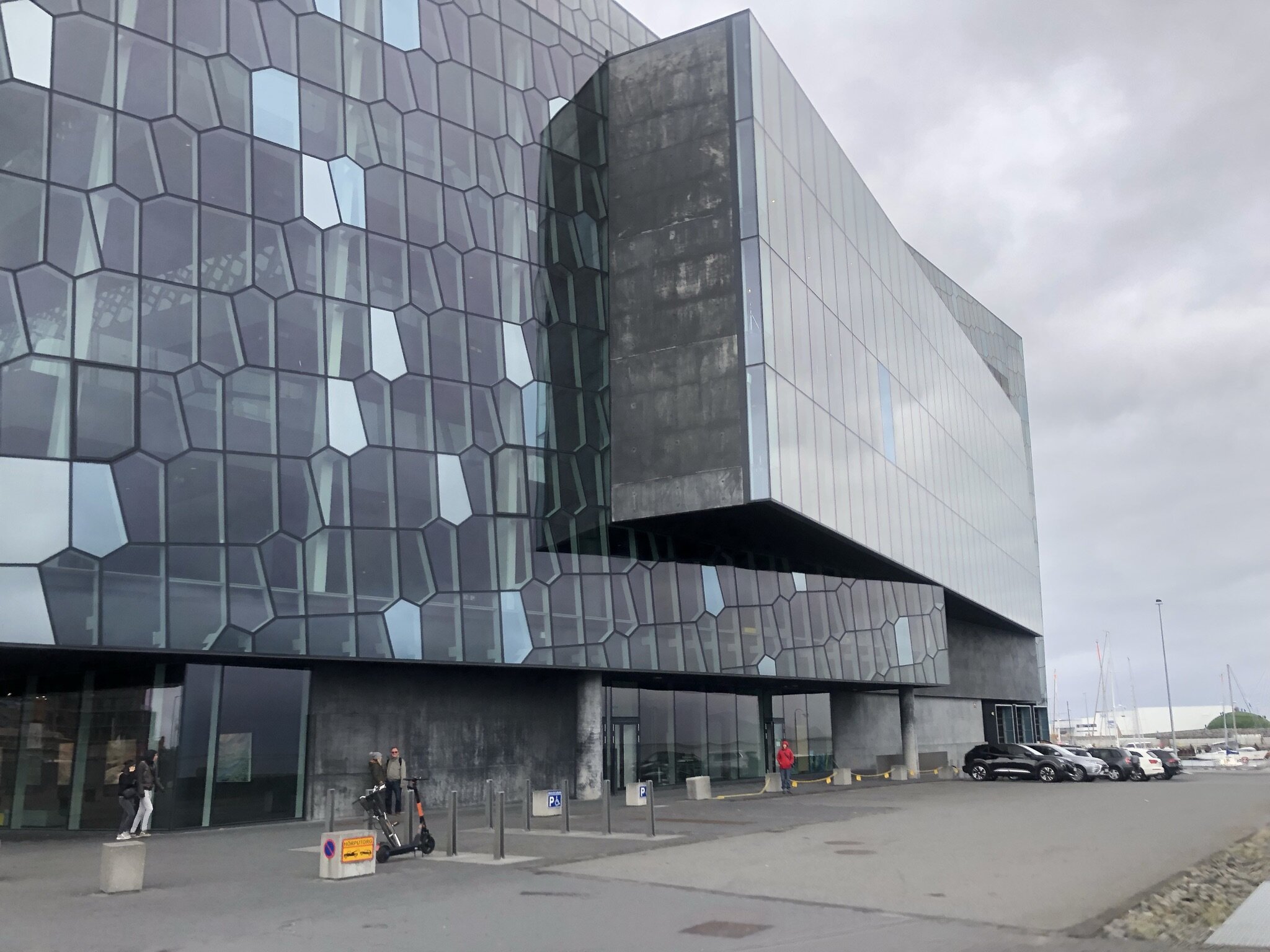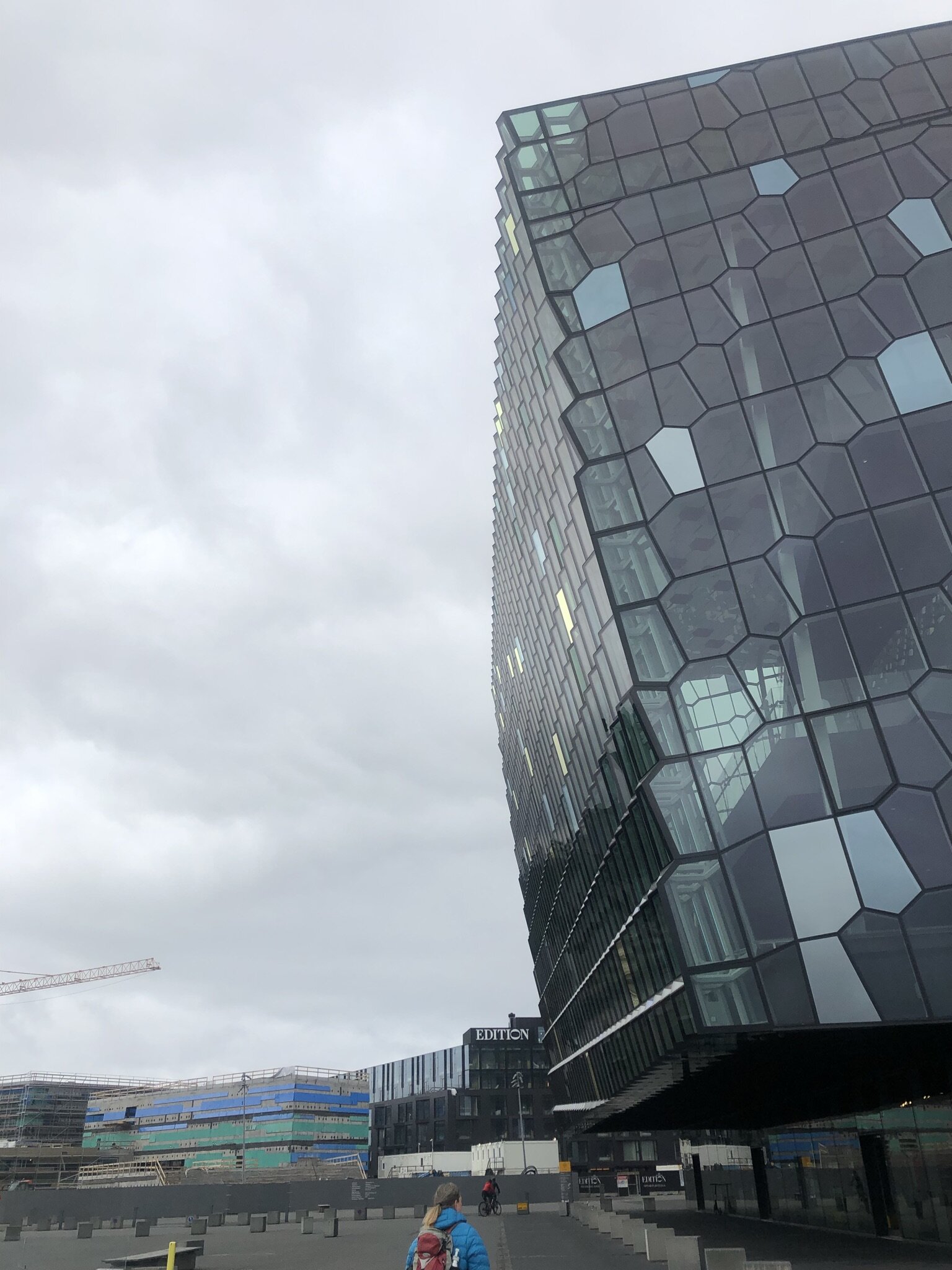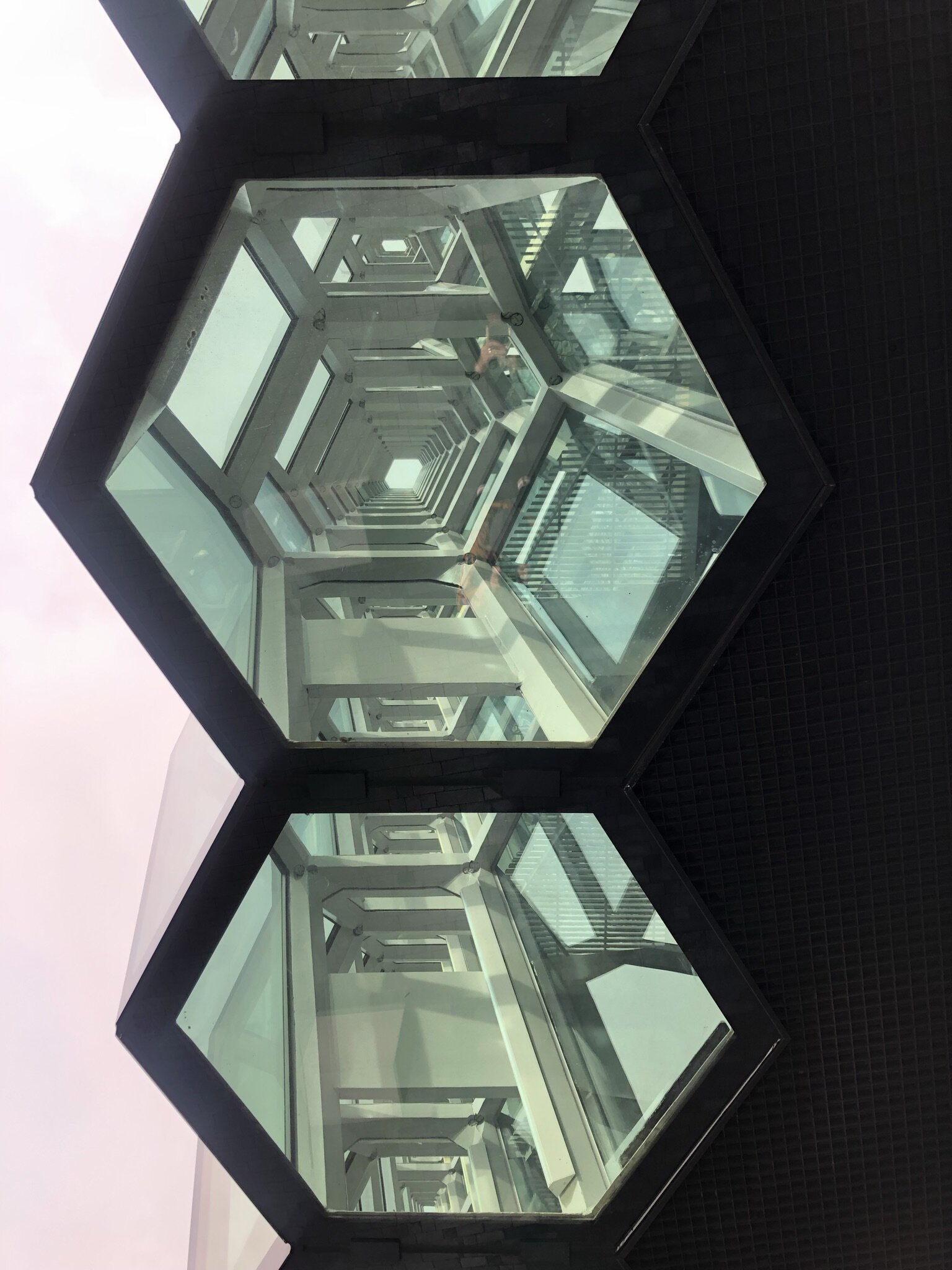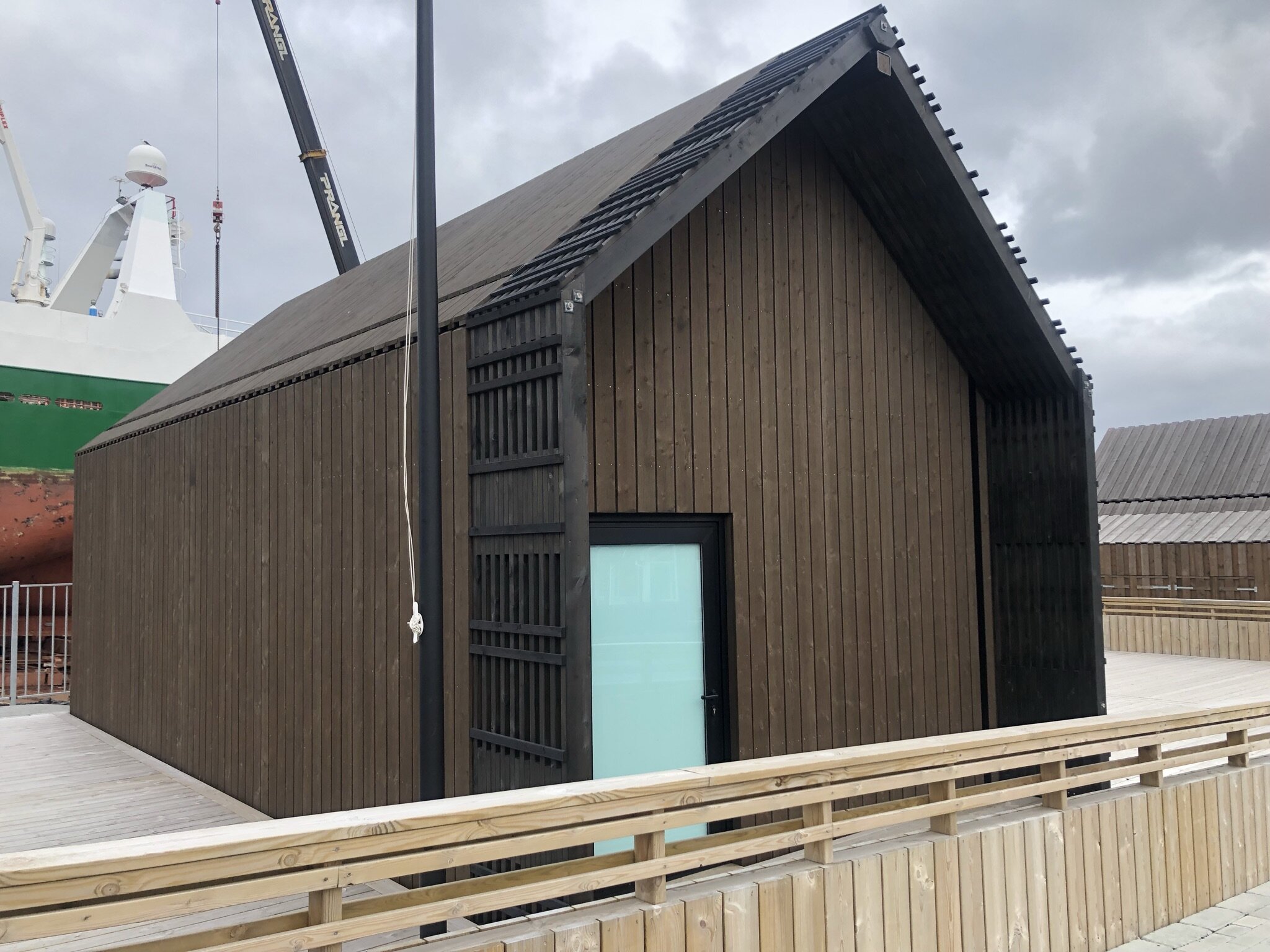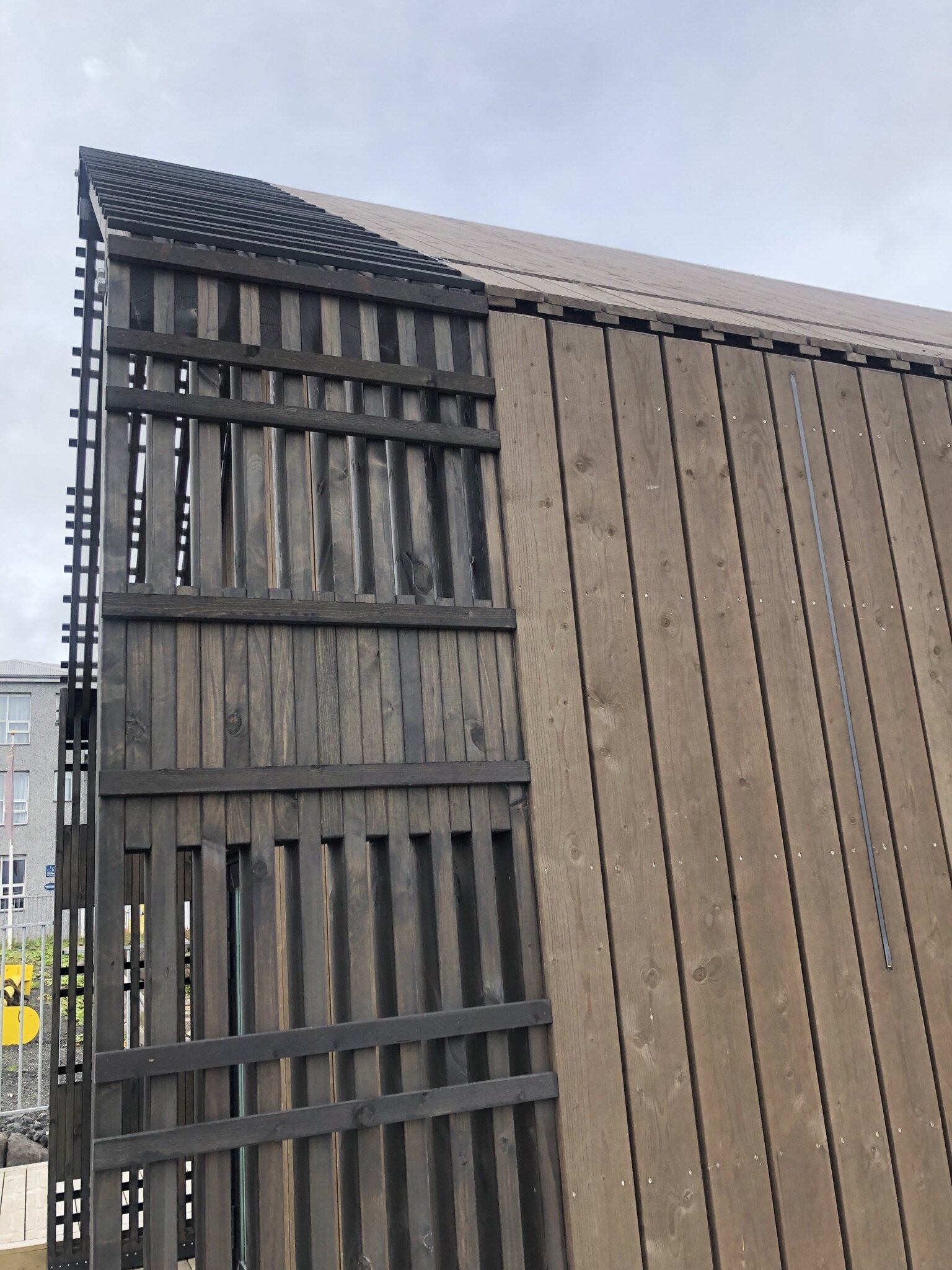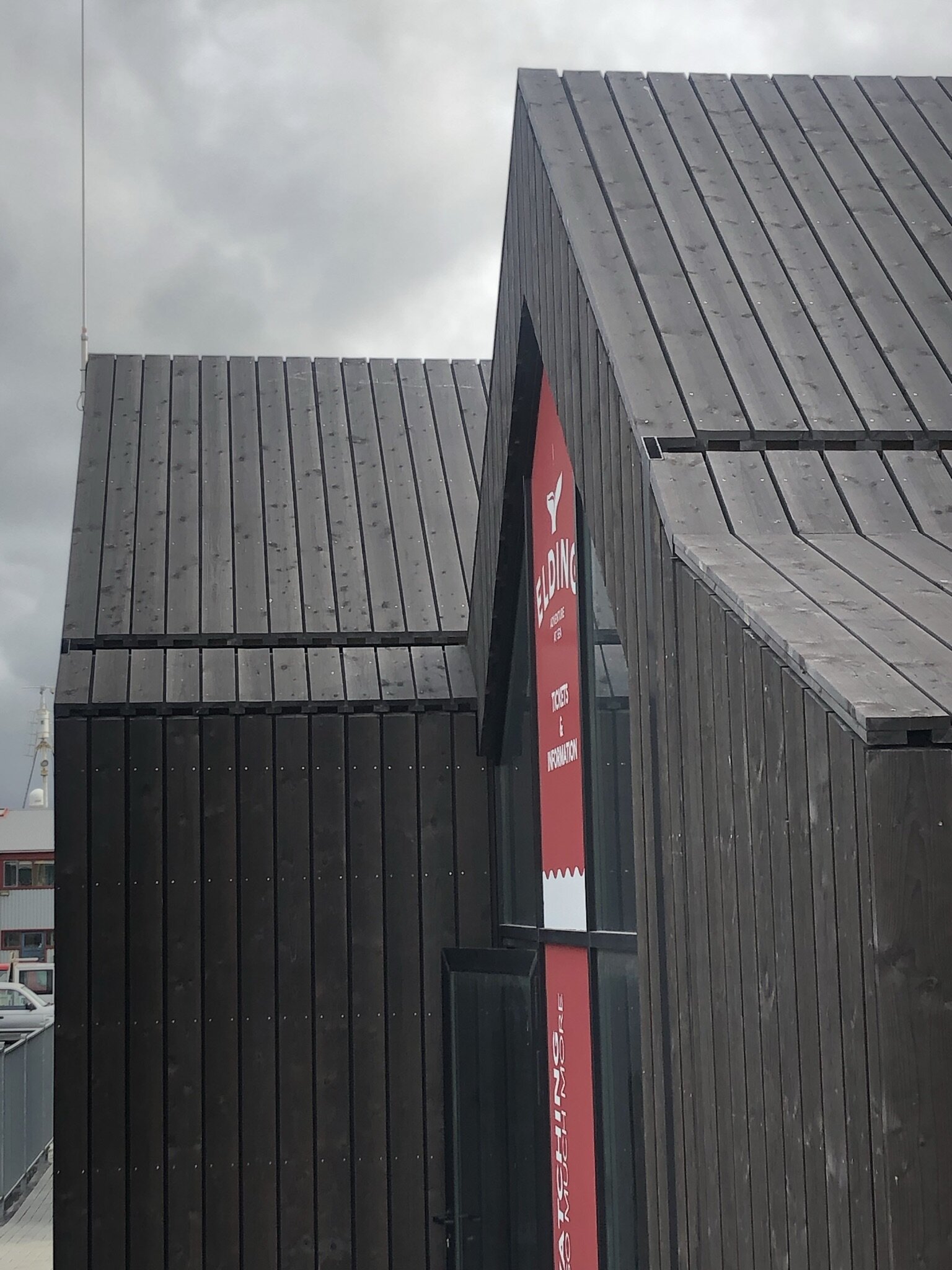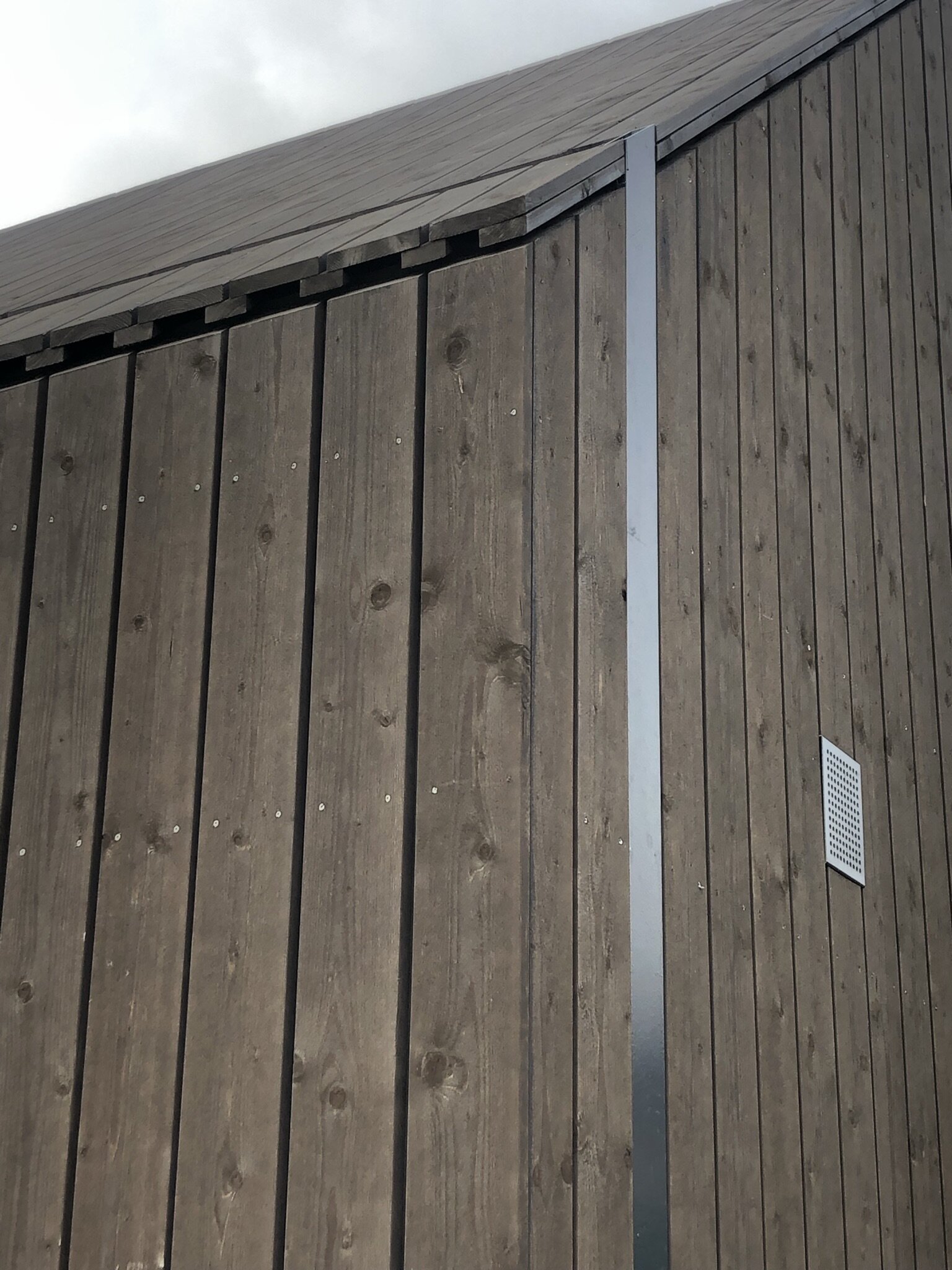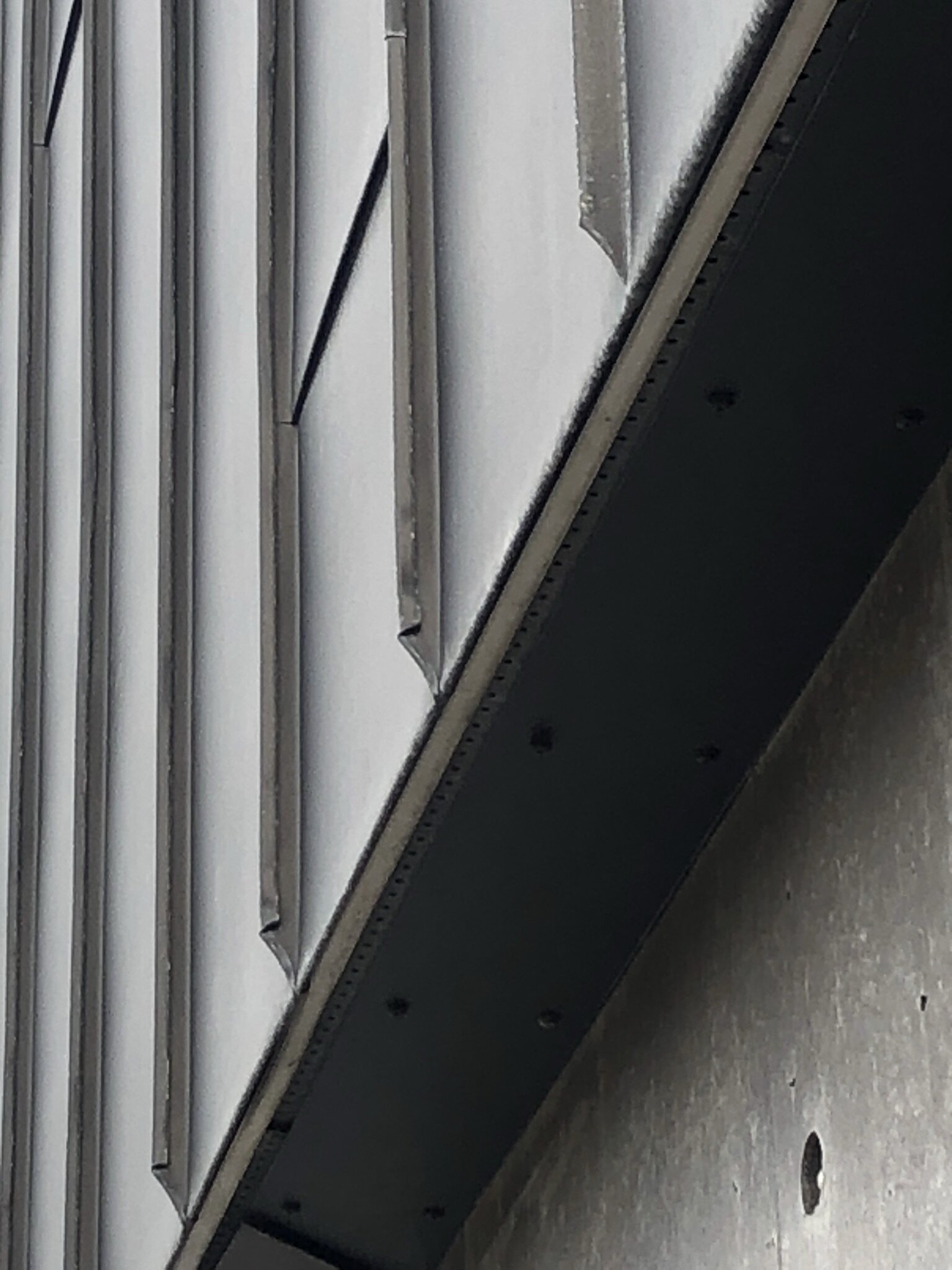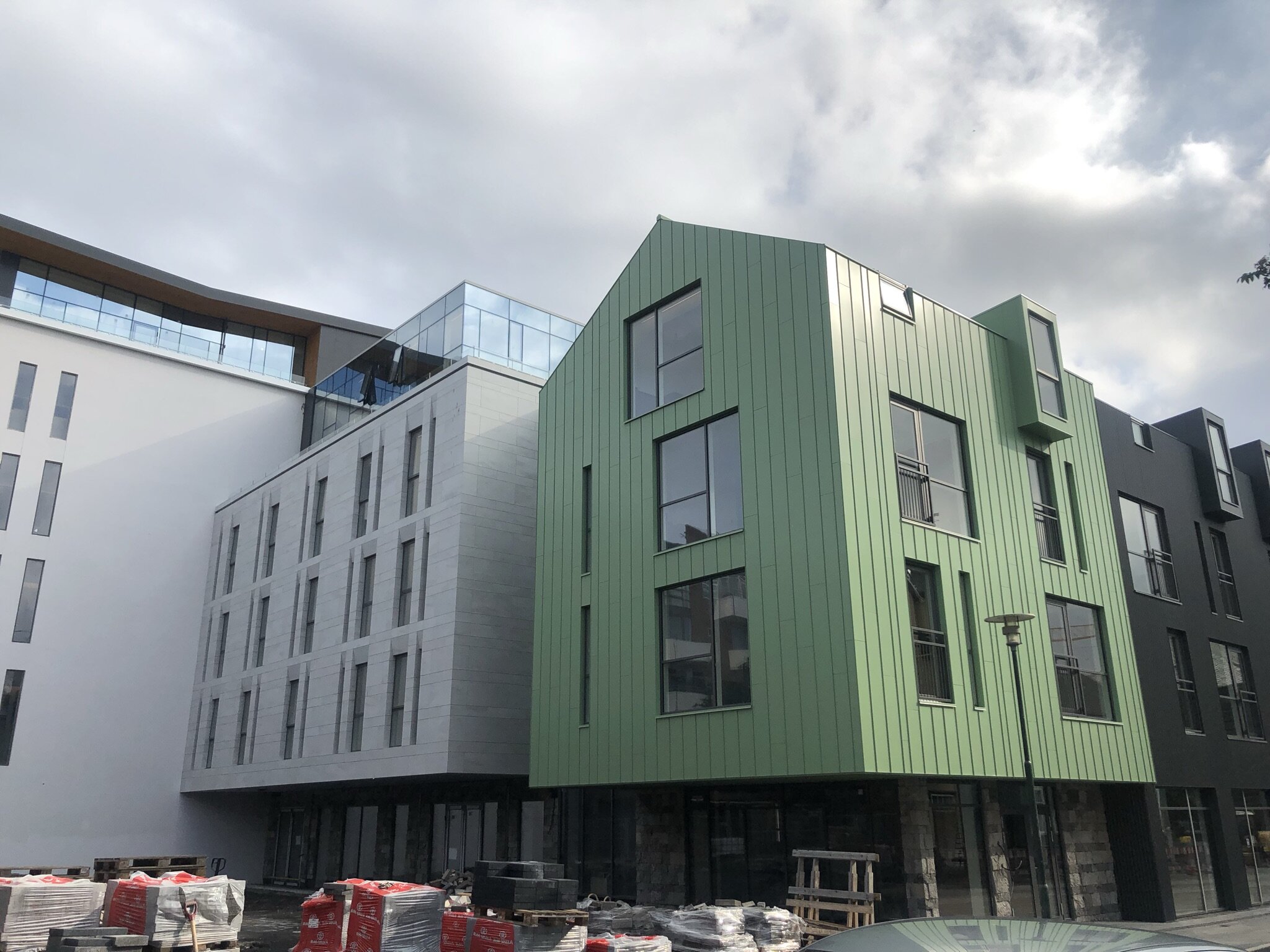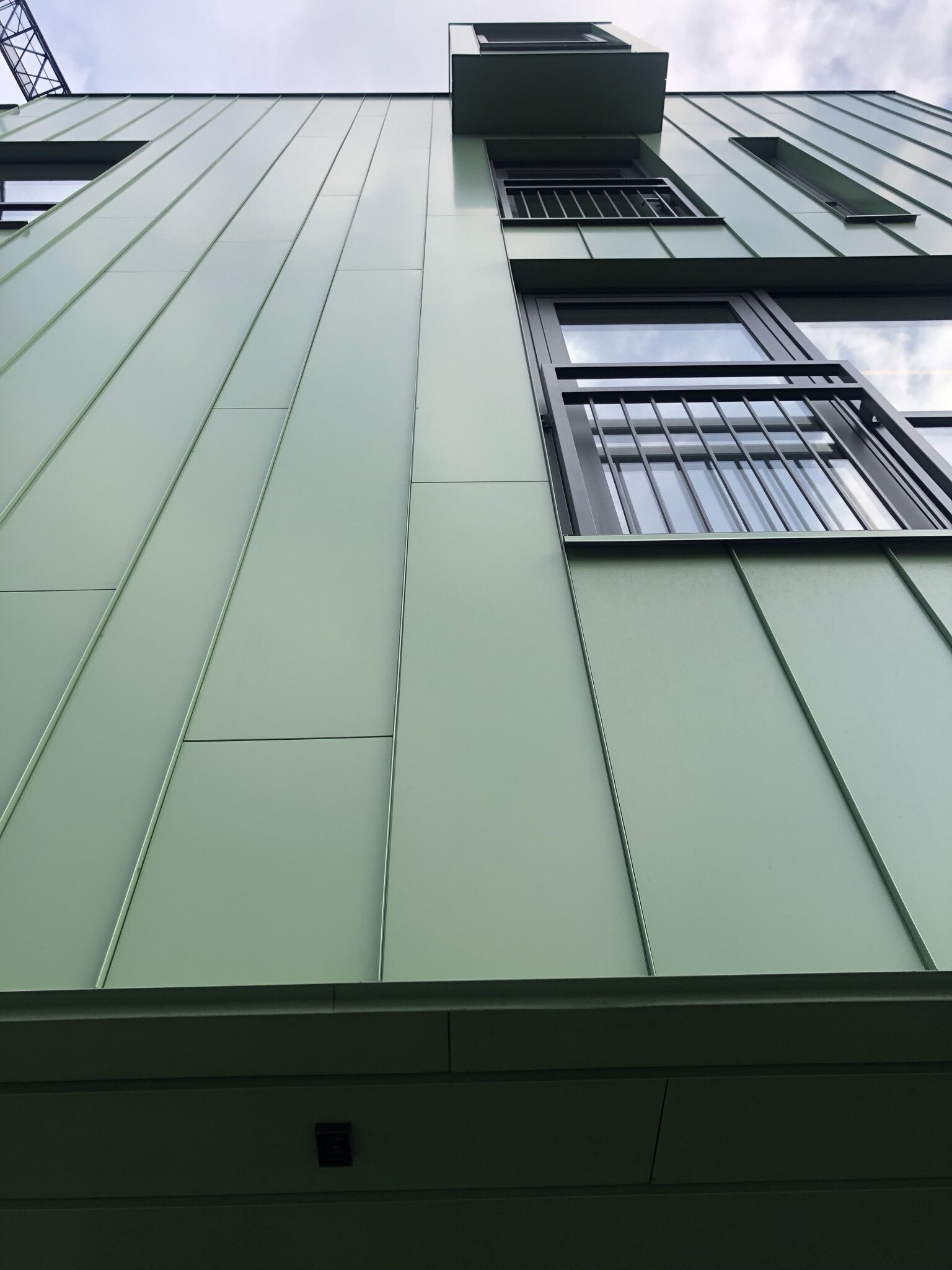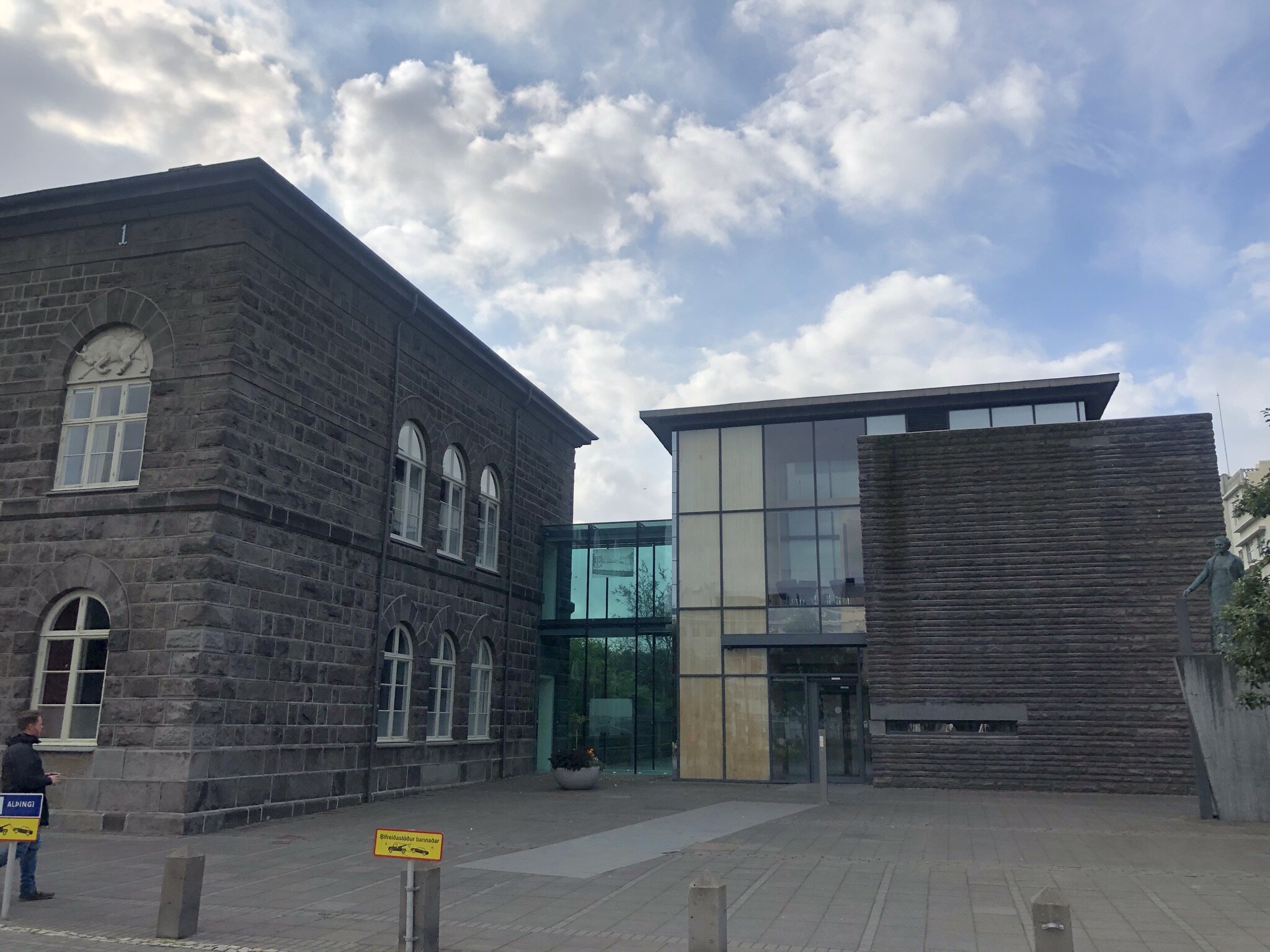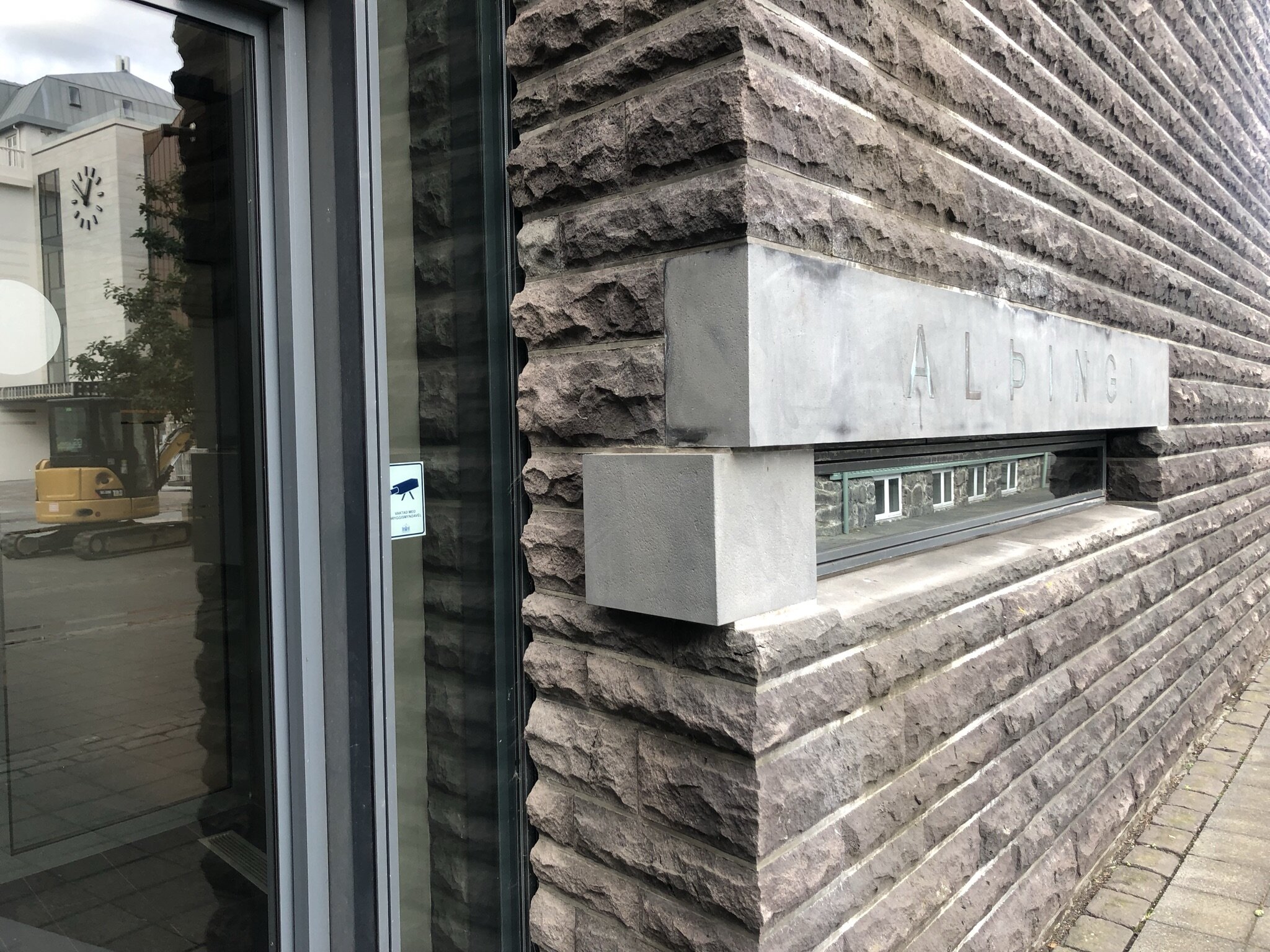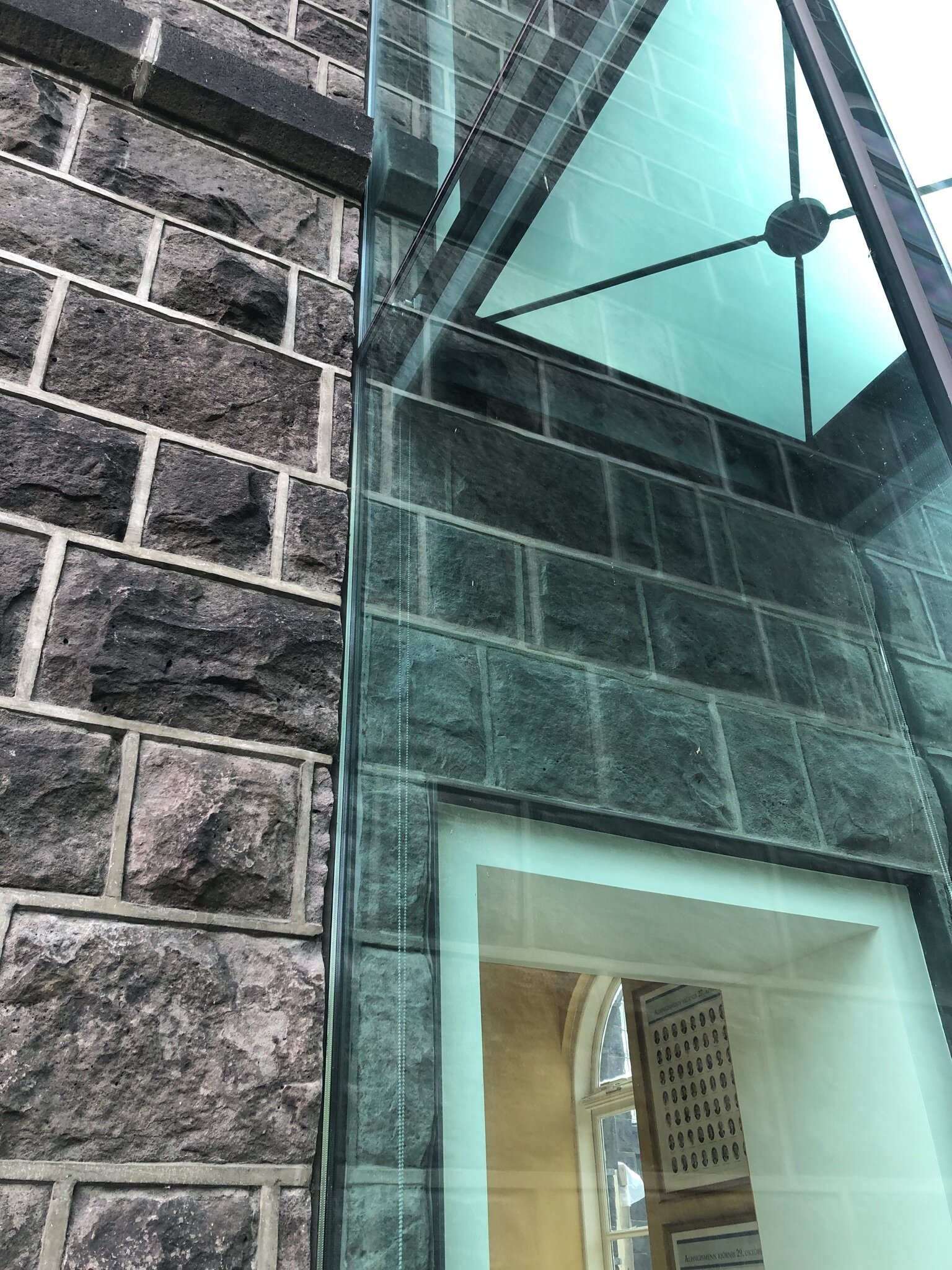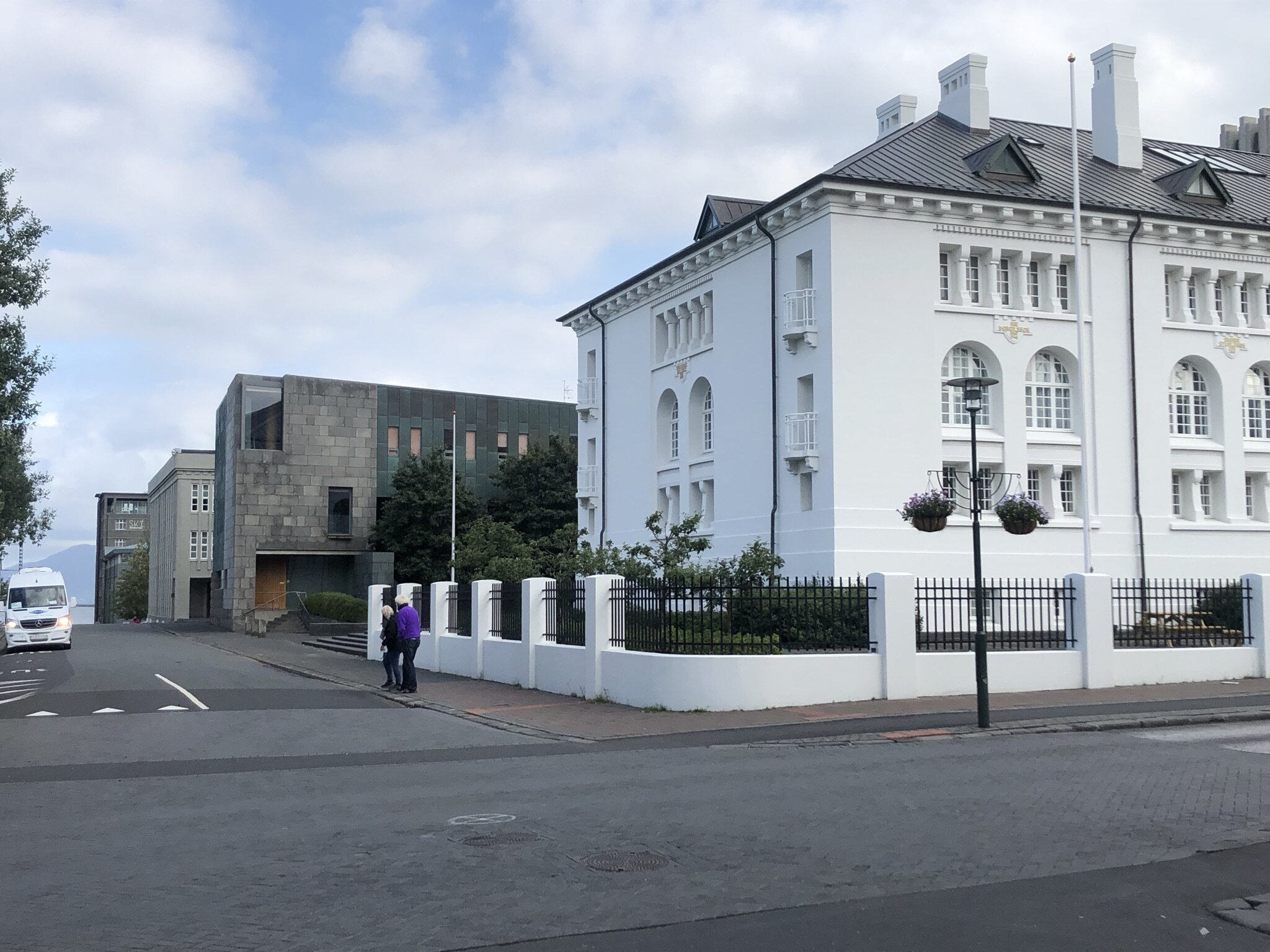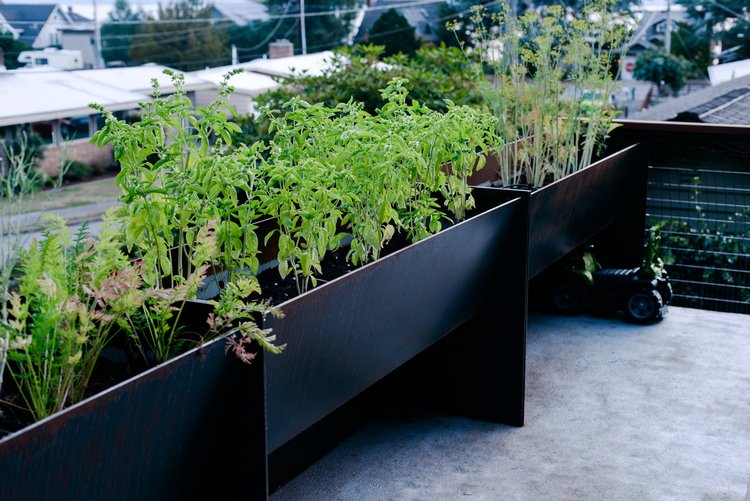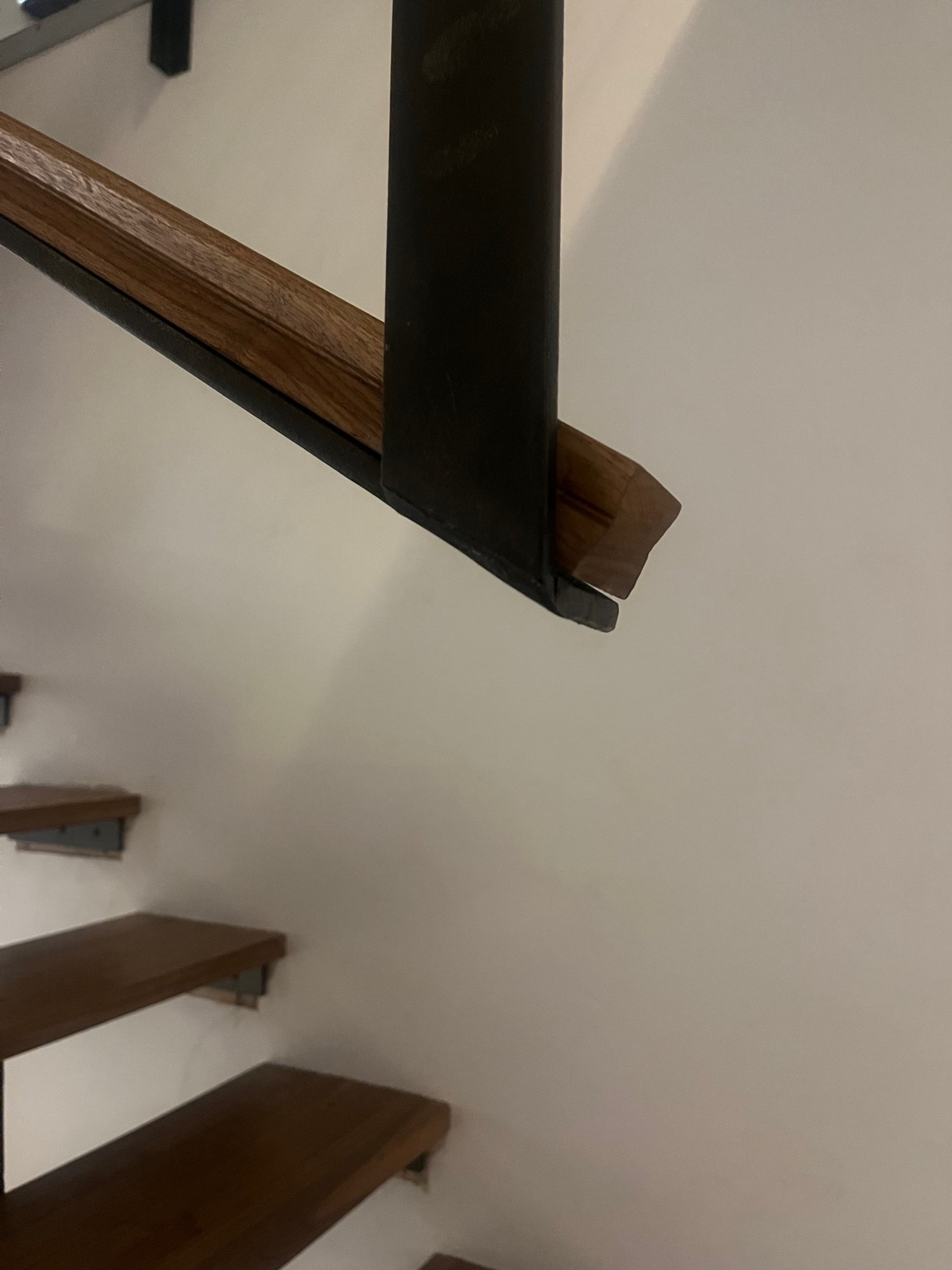Learn tips and tricks for how to save money when you build a home, remodel, or addition
Read MoreJosh Architects Named as top 10 Residential Architects in Normandy Park /
Josh Architects Named Top 10 Residential Architects in Normandy Park
Read MoreOrdering Kitchen Cabinets /
Are you wondering how to order kitchen cabinets? This post explains the process.
Read MoreJosh Architects Is A Design PRACTICE /
Like, medicine and law, an architect’s work is known as a “practice.” This is because we never know with 100% certainty if we are right when we suggest something. We have a good sense that we should be correct based on previous experience in similar situations, but every situation is different, and it is our job as the experts to apply our experience to each unique situation to protect lives and the most valuable asset that people typically own: their home and the people in it.
This is a major responsibility. The term “EXPERience” looks a lot like “EXPERt.” By gaining experience through practice, we become an expert in our craft. By getting more practice than another architect, an architect has an opportunity to become more of an expert than the others. To date, I have worked in the construction field for 23 years and have practiced my craft on over 500 projects and counting. This is very prolific by comparison. For context, an average American lives in 11 homes in a lifetime, and most residential builders work on less than 4 homes per year. Architects commonly work on 3 or 4 projects at a time. Our practice has around 100 current projects, and I gain experience by managing all of them. Being intimately involved on the design of hundreds of homes has given me the practice to know what to expect in a myriad of situations where others just don’t have the life experience to know and anticipate what I can.
Many people have jobs where they repeat the same process over and over, and they perfect their job to a point where it operates mostly on autopilot. This is not possible for architects. Sure, we do have protocols we put in place to streamline our efforts to save time, but the same process simply cannot apply to every unique situation. We must pull from our repertoire of experience to customize a process for each situation. There are so many factors that can affect the process of designing a house: a different building department, a different building department staffer, a different builder, a different client personality, a different climate, a different location, a different set of materials, a different wind or earthquake exposure, a different structural engineer, a different building code, a different budget, a different timeline, a different aesthetic, a different political climate, a different culture, etc. There are SO MANY things that alter the way we approach our work to complete it successfully.
Completing our job successfully does NOT mean that each step of the process is successful. Reminder: this is a “practice.” When you practice, you do it imperfect before you finally get it perfect. When you practice something a lot, you get pretty good at it with flaws here and there, but you eventually overcome them and get better. As we practice architecture, we do small “experiments,” then we test them, and we improve upon whatever results we find.
For example, if we want to maximize the percentage of a property we are allowed to cover according to land use code limits, we design something that seems to work. Then we calculate the result and adjust as needed. An experienced architect won’t be egregiously incorrect, and only minor adjustments will be needed. In this example, we are either a little over or a little under. Our previous practice enables us to use our intuition to get somewhere close to ensure the size of the building properly fits within the limitations of the property.
Similarly with budgets, we need to design something we THINK will be on budget, and test our hypothesis by asking builders for bids. With enough practice, we get close, and we make adjustments according to the results of the bid to keep things on budget.
With a complicated design feature, we base the design solution from something similar we have done in the past. Then, we test our result by running it by engineers, pricing the materials, and talking with experts on the materials that we THINK will work. We learn from our practice, and we adjust accordingly. The cost of hiring an architect has these failures and successes (and past experiences) built into the price. Clients are paying for the architect’s time AND their ENTIRE history of experience, education, successes, and failures.
As you see, the architecture profession is very much a “practice” to test the architect’s ideas to adapt them as best as possible for their clients. It all comes down to the trust of a client to accept the experience of the architect, so the architect may make educated decisions and let them play out through the design process. Remember, nothing is final until it is built, so any decisions made are just a part of the vetting process to tailor a concept into reality.
If you’d like to learn more about our design process, visit www.josharch.com/process, and if you’d like to get us started on your project with a feasibility report, please visit www.josharch.com/help
Advice For Other Architects /
These are common pitfalls I see in other architects’ work and common questions I get from other architects who reach out to me for advice:
Check your zoning requirements first (setbacks, lot coverage, environmental). Then do it again!
Figure out the steps in the permit process before you start designing.
Trust NOTHING the building department says - ever. They know very little about your project (and likely very little about their own job), so the generalized stuff they say is commonly wrong.
If a developer asks you to design a project for them, ask yourself, “hmmm… what happened to the previous architects they worked with.” Do some vetting. Developers care about 1 thing - and no, they don’t want to give you that 1 thing - they want to keep it for themselves.
Don’t turn down work because you think it’s not good enough for you. You can learn so many things from all types of projects, and you can truly help someone who really needs your expertise. That person you help will later connect you with future clients.
Turn down projects for people you don’t like. Trust your gut. If they seem shady, they won’t be good to work with.
Get 100% of decisions documented in writing. Arguments are time-suckers and not productive. There’s never any doubt or miscommunication if you take the extra step to re-phrase what someone requested by simply typing it in an email.
Reduce your overhead expenses as much as possible. You really only need a laptop and insurance to run your business. Your brain is your main asset, so don’t get bogged down on thinking you need a fancy office, car, and unnecessary subscriptions to services that really don’t help that much. No, you don’t need a drone either.
Do construction work. If you can’t build what you design, then you are a poser. You don’t need to be good at construction work, but you should know HOW to do it.
Don’t lose sight of what you are actually selling. Clients don’t actually want drawings. They want a building. Your job is to figure out how to get them that building. This is a combination of verbal/written communication, drawings, site meetings, visiting the jobsite on a weekend when nobody is around just so you can study what is happening to anticipate next steps, arguing with building departments to defend your work, arguing with builders to defend your work, arguing with engineers to defend your work, and yes, arguing with your clients to defend your work - your job is to protect clients from themselves. You need to do whatever it takes to make the building turn out perfectly. Nobody else on the project team has the skill or vision that you do. You will lose sleep thinking about your projects. Your idea needs to become a building, and it is up to you to make that happen.
Now get out there and be an awesome architect!
If you’d like to learn more about our design process, visit www.josharch.com/process, and if you’d like to get us started on your project with a feasibility report, please visit www.josharch.com/help
Iceland /
Every few years, I take a mini “sabbatical” to inspire myself, get some new ideas, and to figure out better ways of designing and building structures. Commonly, if you look outside your ordinary area of work, you learn different ways of doing the same thing, so you can distill the techniques down into a new and better way of doing your craft. With architecture as my area of work, travel is best way to see new things. My recent trip to Iceland enabled me to see construction practices that are geared toward insulating homes really well, innovating waterproofing techniques, and design intended to capture the limited amount of sunlight when living near the Artic Circle.
Karl /
This is my friend Karl. He was also a mentor for me. I thought of him like a dad since my own dad lives so far away. I admired him. He was amazing - on another level sort of amazing. He passed away today. I miss him.
I got to know him through work. He was a “metal guy.” I never knew metal could do what it does until I met him. He helped me to do things in my design work that I never dreamed of. Did you know steel could feel warm and cozy? We think of it as a cold, hard material, but with all the finishing work that can be done to steel, it could feel refined, rustic, warm, cold, artsy, or even comforting. And that’s just the surface texture without even including what you can form it into. Karl could do ANYTHING with steel. In fact, he could do more than anything because he could do things that you couldn’t even conceive of. Karl could. He was as imaginative as he was scientific, calculated, and inventive. He inspired me and got me addicted to working with steel. Karl was truly exceptional at his craft.
The metal world lost an icon.
My friend Zach and Nich and Cecilia lost their dad. Gus and Everett lost their grandpa. Katy and Jess lost their father-in-law.
Katy was my wife’s maid of honor in our wedding. When I got to know Katy, I was already part of the family because I already knew Karl from work. I was lucky to get embedded in his family, and Karl took the time with me to teach me about business, how to handle discerning clients, and how to work with my hands manipulating steel. He gave me free reign of the metal fabrication shop that he retired from and sold: US Starcraft. He taught me how to weld, how to cut steel, how to drill it, and how to finish it. Most importantly, he taught me how to plan.
Karl was always thinking 12 steps ahead. When steel was being cut, he had a bucket for the scraps to fall into. When steel was being shipped, he packed it up in a way that would unpack in the right order for the guys receiving it. He was also able to measure things to the 1/64th of an inch to account for levels of accuracy that most people cannot conceive.
One time, I was helping his son, Zach, build a cabin. We needed a steel bracket, so a beam could hang from a column. This bracket weighed like 40 or 50 pounds, and it needed to be mounted perfectly, so the beam that it held would be level. I gave Karl the exact measurements for the bracket to meet our engineer’s specifications. The heavy steel bracket arrived on our jobsite exactly how I had designed it - only BETTER. Karl drilled in extra hole in it without being asked to do so. He knew that I would need to hold the heavy bracket up in the air against a post, and he understood it would be really cumbersome to hold it there while someone else bolted it into place. The extra hole he drilled was exactly in the center-of-gravity of the bracket, so that a nail could be quickly pounded through it to temporarily hold it in place while the actual bolts were being placed through it. Karl magically knew this would be a problem, and he solved it before it ever was a problem. As I lifted the heavy bracket with my hammer in my belt and a nail ready in my teeth, I fully appreciated the planning Karl took upon himself to make other people’s jobs easier. That was Karl to a fault.
He was not the best businessman, but this was because Karl put the success of the job before his own success. This is something I can certainly relate to. They say you can’t take your money with you when you die. I don’t think Karl had to worry about that. There’s much more value in this world that he left behind than any money would offer. His metal work is all over the world for others to enjoy. He selflessly left his mark everywhere. I loved hearing his stories about going to Hawaii, or California, or overseas to do an install of a custom metal table, staircase, door, door handle, fireplace surround, or even a metal flap to conceal the cords on a conference table. Karl made all of these things and more, and he did them all with 100% exact perfection.
As Karl was getting ill, I knew this time was coming, and I considered writing this post so he could read it. I think it would have made him uncomfortable, so I’ve elected to share it now. I hope it honors someone I loved and got to know personally and professionally. I wish I could share another beer with Karl, but for now, I’m having one in his honor while I share with you some of the things in my home that he helped me to create.
This image is the dichotomy of what Karl created and what he taught me to create. This blackened hot rolled steel shelf slides into an inset in my wall to expose and frame the raw concrete. It was too big to maintain its structural integrity during shipping, so he invented a method to stabilize it at a few intervals with temporary rods that kept it rigid. Once it was in place, those rods were removed to reveal the holes needed to drill the shelf into its final resting spot. This shelf is used to display an axe used my by Uncle Nick during his lumberjack days in Canada (eh). Karl taught me how to restore the steel blade and how to put a beautiful flamed blackened finish on it.
The shelf also showcases some plumbing handiwork done by master craftsman, Matt Karlstrom.
The shelf is illuminated by a concealed lighting strip.
At night, the concealed lighting creates a cool effect that no photo can do justice.
Karl helped me to weld these steel planters on my deck (and they also serve as the railings). We grow herbs and veggies here for our kitchen which is 10’ away from here. My friend Marc nearly sliced his toe off helping us with these.
The railing stanchions were made by Karl, and they integrate with the ipe top rail and steel planters that he also helped to make.
Karl helped me to conceive of these steel panel retaining walls.
Karl helped me understand the process of waterjet cutting. The address is cut into 3/8” thick steel.
At night, the address plate gives a nice effect with its concealed backlighting.
At Christmas time, it creates a nice backdrop for festive decorations.
Karl played so many roles in this photo. Steel is used for the fence, the plate next to the landing, the backrest to the bench/railing, the stanchions for the rails, and the steel water feature in the backdrop. There’s also a steel sump pump cover in there too.
Karl helped me to weld these legs for this table I built. He even figured out how to weld tension cable to the steel frame.
This bench features blackened hot rolled steel bins that open up for storage.
The legs on the table coordinate with the spacing of the bench drawers, so they can be opened without interfering with each other.
This steel shelf was the first thing I ever made without Karl’s help. He gave me the skills to do this on my own.
This shelf is so thin you can barely see it, yet it can carry the weight of Karl himself:)
The steel railing support creates a cool interplay between the walnut and blackened steel.
The closeup features the human touch, strength, and complimentary interplay between the wood and steel.
This image features the steel railing stanchions, contrasting aluminum edge trim, and the beam lighting caps above.
Door trim doesn’t need to be just door trim. A subtle drywall reveal sets off the thin steel frame around this door.
Mounting stair treads to a steel stringer can be done very beautifully with the use of steel.
This night stand couldn’t be more simple or beautiful. It is just a cube - a blackened steel cube. It gives a place for your night light, alarm clock, a glass of water, or to store your books or jammies.
Karl and I have had a few of these over the years. It is nothing more than a drink holder made of a few scraps of steel, a scrap of walnut, and some concrete.
The concrete base is also a nice place to stack some books.
I don’t watch TV much, but when I do, it’s fall, it’s mid-day, and the Ohio State Buckeyes are on. That just so happens to be when the sun is blaring in through the window above the TV. Karl fixed that problem with the help of a steel plate, hinge, and pulley.
Karl helped me to blacken the steel that caps the hidden light detail below my wood beams. It’s a perfect match.
Karl gave me the skills I needed to weld the frame for this steel gate (the wood cover is not yet installed)
Karl helped me to weld this cantilevered sliding driveway gate. It is 14’ long, heavy as hell, and doesn’t even touch the ground.
Karl gave me the skills I needed to weld this contraption that’s still in the works. The doors hinge from the side as usual, but they also hinge from the top.
Karl’s son, Nich and wife Jess, carry on his tradition of metal fabrication at Mayer Designs if you would like to see work that lives up to Karl’s standard: https://www.mayerdesigns.com/
Karl, you will be severely missed.
Mick McFadden is the one who introduced me to Karl, and here’s a bit about his impact on him: click here
The Builder Said The Drawings Are Not Complete /
You commonly hear builders and homeowners complaining that they paid for drawings, but the builder does not have all the information they need to build the project. This comes from an expectation that a set of drawings should contain every answer to every possible question a builder would have during construction. There’s a few things to consider here:
1. In the construction process, especially with remodels and additions, there are many unknown conditions. For example, nobody knows what is behind your walls, within your floor, or in your roof unless all of those things have been gutted to enable the builder to see what is inside. Ordinarily, homeowners don’t want their walls torn apart a year or two before the project actually starts construction, so ordinary assumptions are made about the conditions that might be encountered within those walls. These assumptions enable the design and permitting process to continue. It’s not feasible or worthwhile to tear apart an entire building just to figure out concealed conditions since there is always a way to work around those conditions when the construction process actually starts. If the builder starts demo and finds rotted wood, structure that’s not in the right place or the right size, or plumbing or electrical that needs to be updated, then they could ask those sort of questions, and answers could be provided. Those questions can’t be asked until that time, and it does not make any sense whatsoever to spend time speculating on things that may never actually happen. For this reason, there are commonly many items that do not get portrayed in drawings since they really require feedback during the construction process to make proper decisions.
For example, imagine you are attaching a new deck to the side of your house. That new deck needs to be bolted to the existing house, but nobody knows exactly what the structure behind the siding will look like or whatever items might be in the way of those bolts that need to be added. So, construction starts, the builder takes apart the siding (the house is exposed to the weather without substantial weather protection), and the actual existing conditions can be known. The builder discovers it may not be possible to fit the required bolts, so the builder reaches out to the design team to relay the condition encountered to request an alternate solution. The architect and engineer work together to figure out a solution that works with the condition that is now known, and the builder can move forward accordingly. There are many ways to bolt a deck to a house. It is not effective to design, calculate, and draw 20 different options on a set of drawings to forecast all of the possible problems that may or may not come up during demolition. This would be 20 times more expensive since the design work would need to happen 20 extra times. Instead, the work happens once, and time spent to develop an alternate option only happens when needed.
Next time you hear somebody complaining about the drawings not having all of the information the builder might need, please realize that construction is a process that requires ongoing decisions that are based on the information that can only be known at any specific moment. Then ask yourself, would you prefer the drawings to be done once … or 20 times to show all of the possible situations even though 19 of them won’t ever happen. Drawings are much like a script to a movie. The words are there to tell the actor what to say, but there needs to be a director to explain how to express the words on the script in further detail. It is unreasonable to do a movie without a director, and it is also unreasonable to think the drawings tell the whole story.
2. It takes time to design solutions and even more time to draw them. For every unique condition that occurs on a job site, there could be 10 different drawings and 20 different building materials that might be needed to explain every single thing to a builder ahead of time. For some conditions, they might be unique enough that the builder needs this level of detail. For most conditions, however, the builder may use standard practices based on their experience and expertise to interpret the methods to use in that situation. If every single condition were decided and drawn ahead of time, that would lock the builder into building the project in a very specific way. And that may not be the best way or the way the builder can execute it based on their personal skill set. Some builders prefer certain materials, certain methods, and certain tools, and those preferences may limit the possibilities while also enabling them to execute their best work with the highest degree of success. Based on the way they prefer to execute certain work, the assumptions made on drawings, which are often drawn before a builder is ever even selected, incorporate basic practices that may not align with the builder who ultimately gets selected for the job. Additionally, the builders who end up doing the work are experts in what they do. Their feedback is certainly beneficial to the entire project team, so the outcome can be its absolute best. The designers are not experts in every aspect of a project. Designers are generalists. Designers rely on the feedback and expertise of the men and women who do the labor on projects every day.
For example, a concrete subcontractor knows all about the process of building formwork, sequencing the pouring of concrete, stripping the form boards after concrete has been poured, and doing it all in the most productive and cost-effective manner. This is all about the methods of construction. Designers have no control over HOW builders do their work. Designers only convey the basic outcome of the design intent for the builders to interpret using their common practices as a guide. A concrete crew may recommend that additional areas of concrete be added that may not be depicted in the drawings, and that suggestion might be necessary to enable them to schedule concrete delivery just once and a pump truck just once, rather than doing the concrete work in shorter stints over the course of several days that would require more mobilization fees for those items. It may seem counterintuitive that the pouring of more concrete in one day might cost less than pouring less concrete over several days, but based on the methods that those crews use to do their work, that may very likely be true.
The general contractor does not have that level of expertise to be able to forecast the methods of construction that their subcontracted concrete crews may use, and the designers certainly do not either. The whole team relies on those specialist for feedback, and those specialists are typically not involved in the project until the project has already started construction. Concrete crews are not paid to get involved with a project a year before it ever starts - especially on smaller residential projects where their scope is limited. It is cheaper to make these sort of decisions on the fly than it would be to hire a concrete crew as a consultant to advise in the planning phase of a project. This example is also true for any other construction crews.
3. Construction projects are very different from manufacturing products. The manufacturing of products is done in a controlled environment where assembly lines, machinery, and even robotics are used to create the same item over and over and over. Products built in a factory are optimized through value engineering and prototyping. This means they build several products, test them, throw them away, redesign them, build new ones, test them again, throw them away, redesign them, and the process continues until the product is optimized for use and mass manufacturing. We certainly don’t build a house, analyze how it could’ve been done better, throw it away, and do it all over again. No house is exactly the same as any other house - especially when it comes to remodels and additions. The soil conditions are always different, the weather conditions are always different, the topography of the ground is always different, the availability of certain materials always changes, subcontractors get held up on previous jobs, deliveries get stuck in traffic, people are human and mistakes get made, unforeseen circumstances are encountered, and the list goes on. There are so many conditions that cannot be controlled on a job site that must be reacted to on the fly. It is not effective to plan for things that may or may not ever happen, so the best thing that can be done on a construction project is to have contingencies built in.
A contingency can be planned into the project in many different ways. For example there could be a cost contingency. Commonly, homeowners stretch their budgets so far, that they don’t have any money leftover in their budget in the event that something unforeseen happens like soil being so inundated with clay and moisture that it cannot be properly compressed for concrete to be stable on it. That soil would need excavated, exported, and new structural fill (soil or gravel) would need to be brought in and drainage systems added. Could that be known ahead of time? Sure, but that would require extensive digging and disruption in your yard long before the project ever starts to find those conditions. There’s a million situations just like that that could be done ahead of time, and if you were to do them all, the design time and design cost would be more than building the actual project. This sort of analysis only makes sense on large projects like stadiums, highways, bridges, hospitals, etc.
A design contingency could also be planned into the drawings. What does that mean? The answer is actually the very thing that builders and homeowners complain about. This article started out by naming a problem: builders and homeowners commonly complain about drawings not having all of the information needed. The point here is that it is actually to the builder and homeowners’ benefits to not have all of the information dictated by the drawings. As problems arise during construction, analysis needs to happen, and solutions need to be found. By keeping some ambiguity within the plans, it does not lock the builder into one specific solution that dictates how everything else around it must be built. This would be a clog in a funnel. Since there is a 100% guarantee that the conditions that come up during construction are not going to be known before the start of construction, there must be an expectation that the drawings will need to be adapted as construction continues. If every single condition is assumed and drawn, when one of those assumptions turns out to be wrong, every other part of the drawing that relies on that assumption also becomes wrong. This results in a tremendous amount of rework to update everything to coordinate with a new condition that becomes known. Consequently, we intelligently plan our drawings around commonly unknown conditions, so it will be simpler to update the drawings in the future as those conditions become discovered.
In conclusion, next time you hear somebody complain that the drawings don’t have all of the information that the builders need, your response should be: thank God! This means the designer spent time effectively on the items that could actually be foreseen, and not on the items that could not. Because we bill for our services by the hour, you’re going to get the best value out of our time by allowing us to spend that time in the moment when we can base our decisions on actual data instead of assumptions that are bound to change. This moment is during construction. Anyone who thinks otherwise does not understand the construction process.
If you’d like to learn more about our design process, visit www.josharch.com/process, and if you’d like to get us started on your project with a feasibility report, please visit www.josharch.com/help




